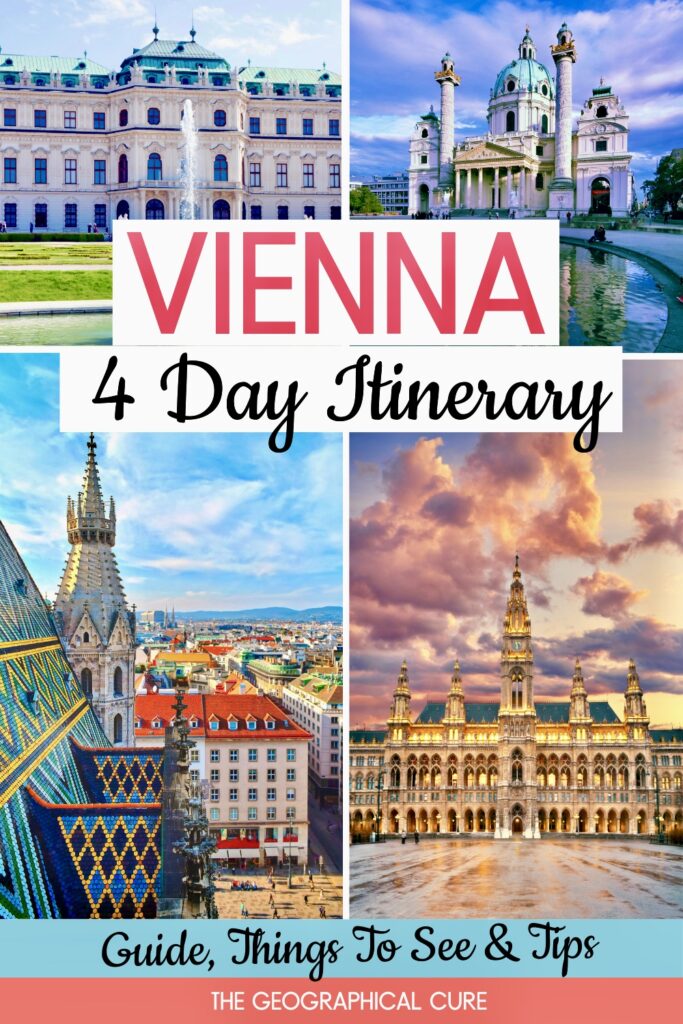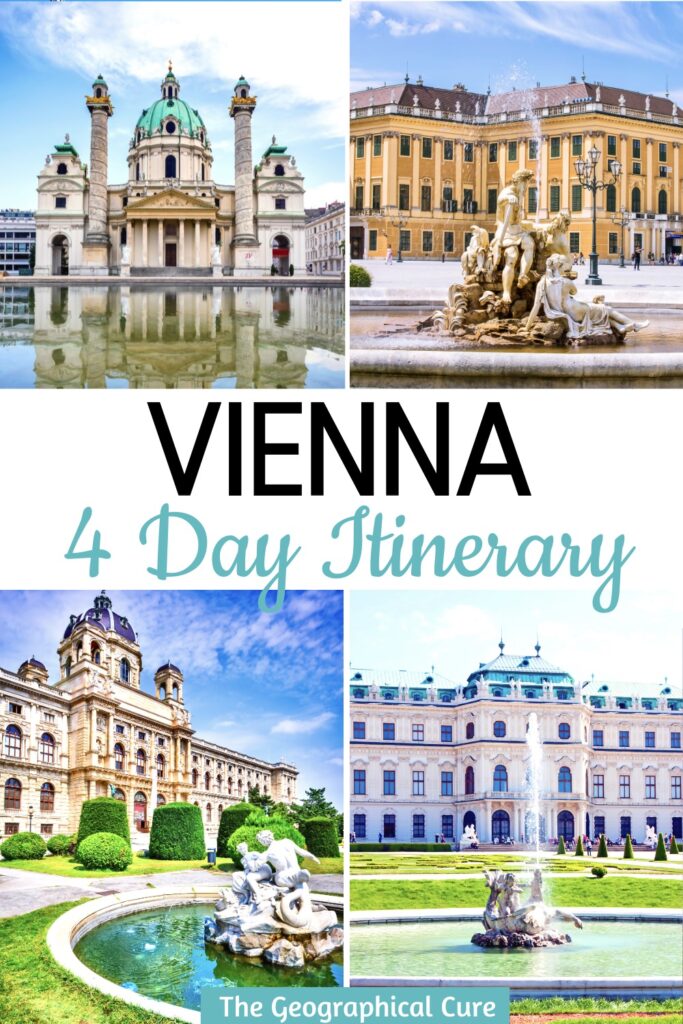Vienna is simply gorgeous, immaculate and elegant. It has wide swathes of pedestrianized areas, gorgeous Baroque architecture, scads of museums, and to die for cafes.
The city boasts grand imperial palaces, such as Schönbrunn and the Hofburg. As the “City of Music,” Vienna was home to many of history’s greatest composers like Mozart, Beethoven, and Strauss.
To top that off, the city center is charming, filled with historic architecture and quaint cobblestone streets.
All this makes Vienna a favorite destination for me. I’m just back from another visit (this time 9 days) and I’m ready to hand over the perfect 4 days in Vienna itinerary.
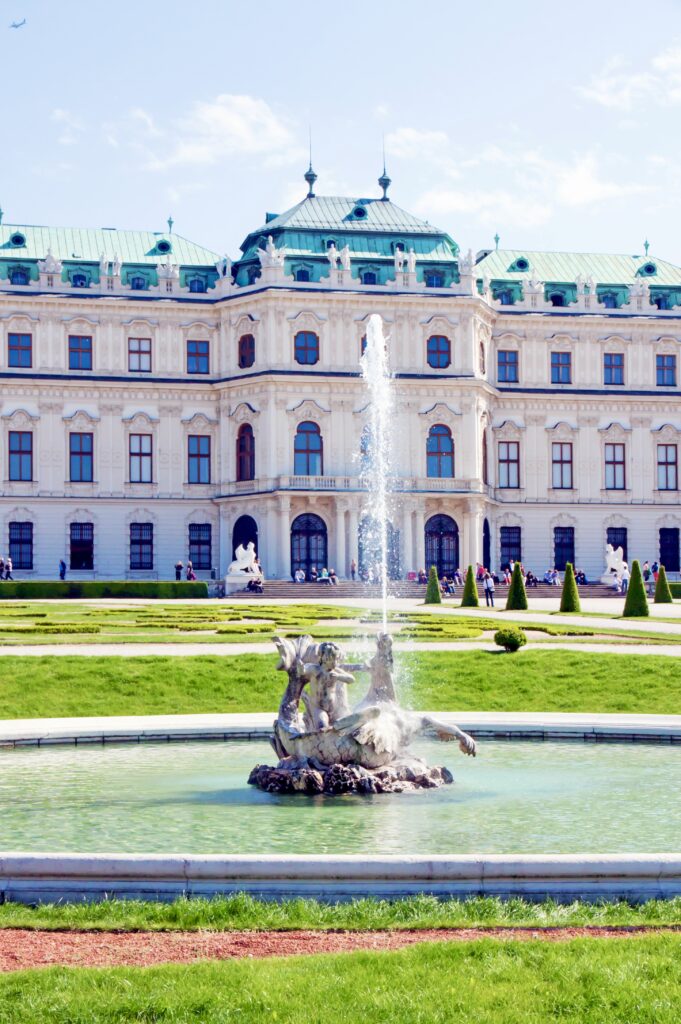
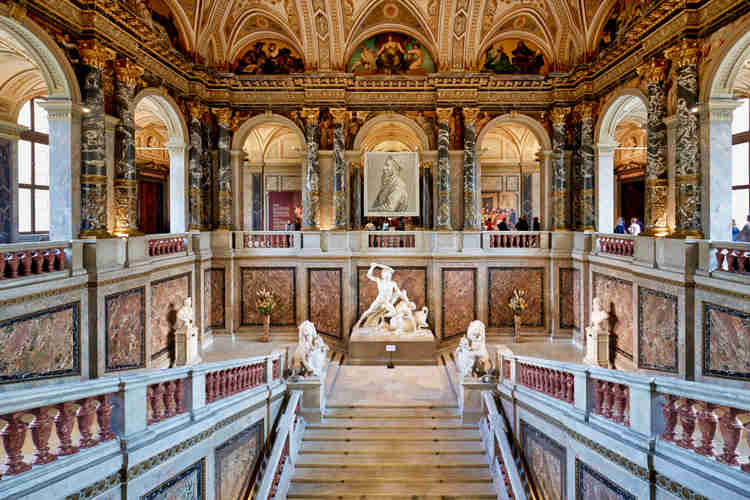
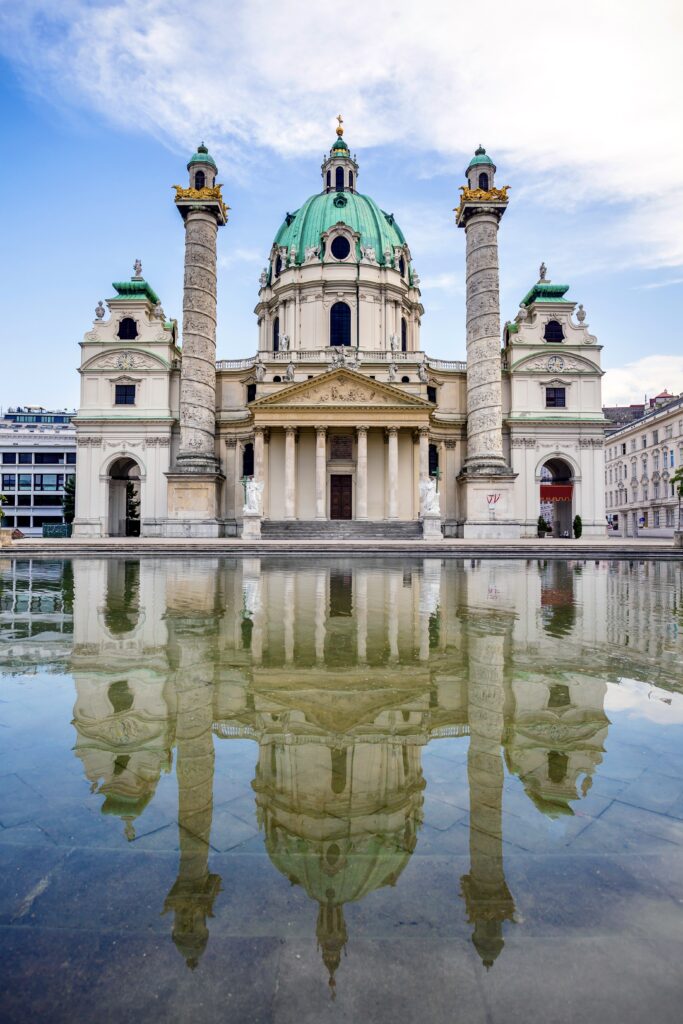
Snapshot Of 4 Days In Vienna
Here’s a quick glance of what you can see with this Vienna itinerary:
Day 1: St. Stephen’s Cathedral, Mozarthaus, Jewish Museum, Hofburg Palace, Austrian National Library, Graben Street
Day 2: Kunsthistorisches, Leopold Museum, Spittelberg, City Hall, Burgtheater, Freud Museum, Votive Church, Döbling
Day 3: Secession Museum, St. Charles Church, Wien Museum, Belvedere Palace, Staatsoper
Day 4: Schönbrunn Palace, Albertina Museum, House of Music, food tour
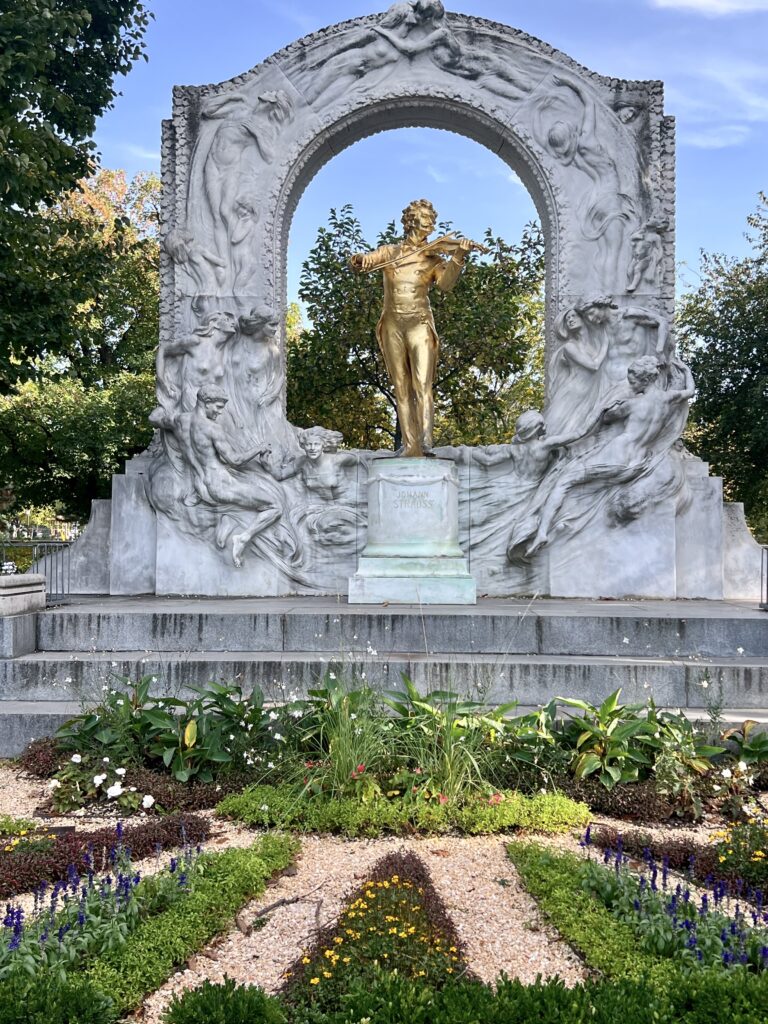
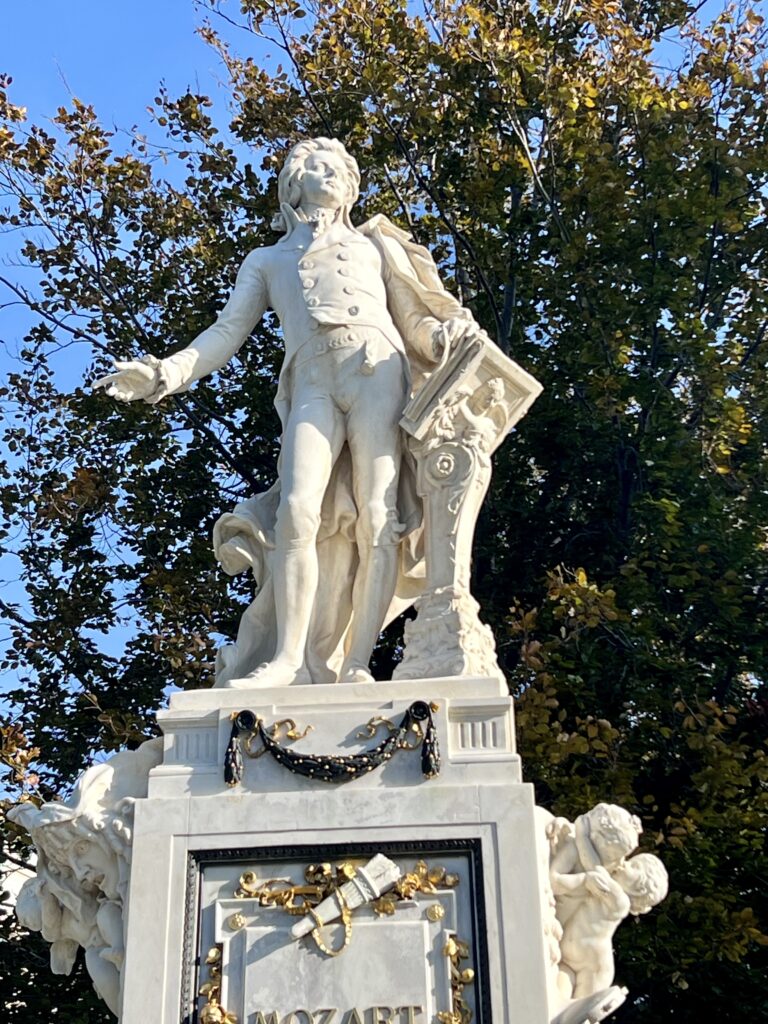
Consider pre-booking the following tickets, tours, and hotel accommodations for your convenience:
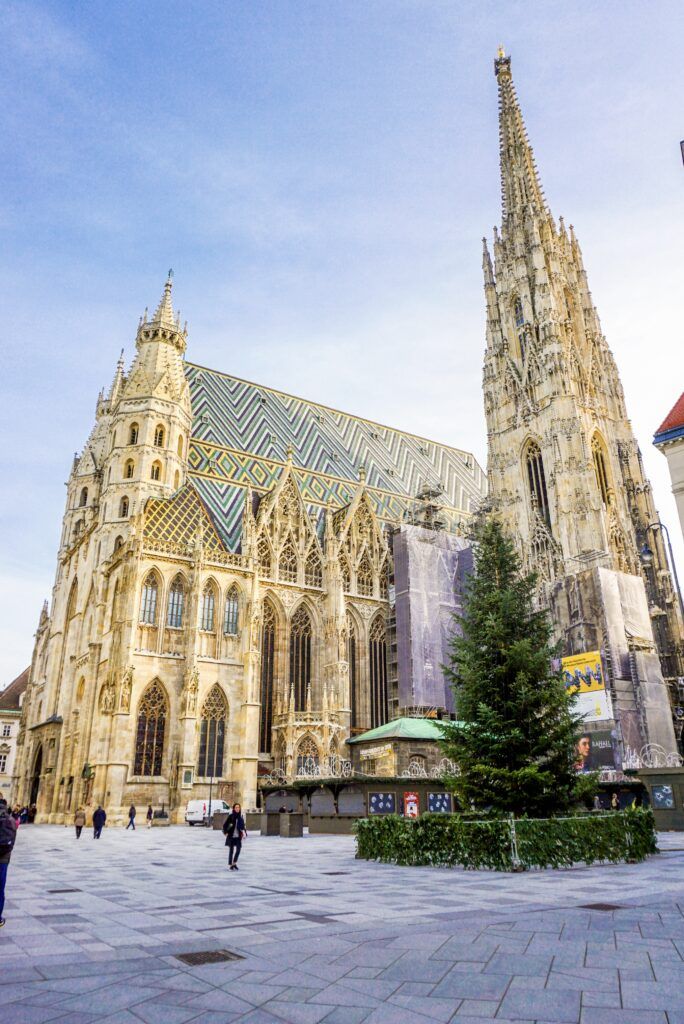
4 Days In Vienna Itinerary
St. Stephen’s Cathedral
Begin your Vienna trip with a visit to is most iconic landmark, St. Stephen’s Cathedral. It’s a Gothic masterpiece, with pointed arches and elaborate tracery.
The roof is spectacular. 230,000 glazed tiles form a stunning diamond pattern in vibrant colors.
The interior is equally impressive, showcasing medieval splendor with life-sized statues of saints and biblical figures on each column, many crafted from exotic stones.
The cathedral’s has two towers — the towering 450 foot South Tower with a spiraling staircase and the shorter North Tower with elevator access.
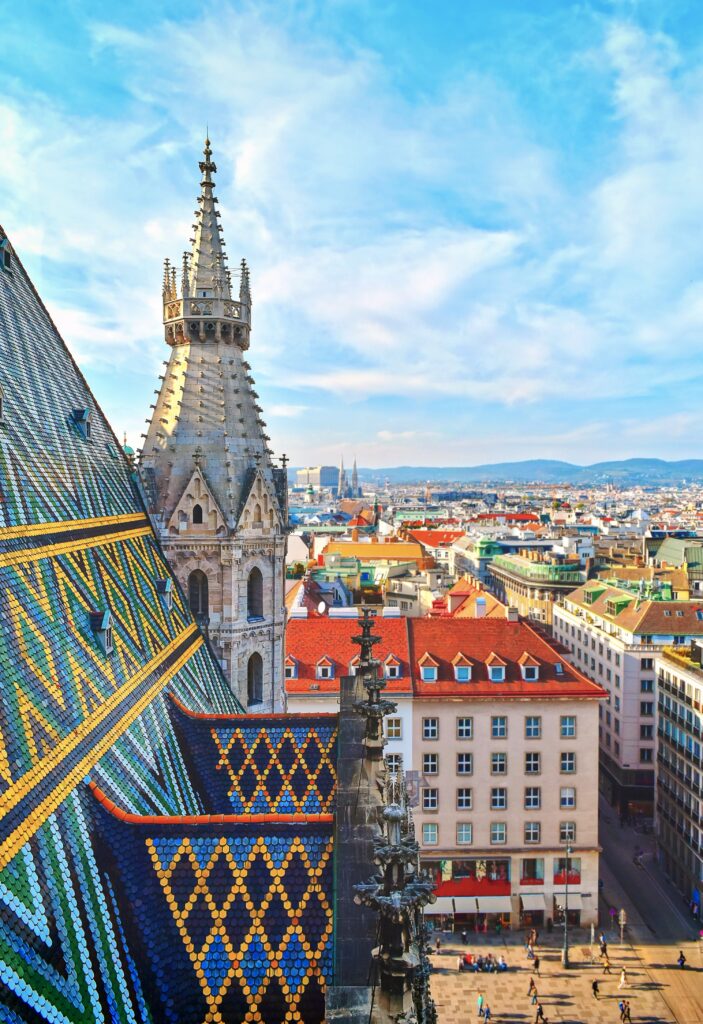
They each offer different perspectives of the city. I’ve experienced both, and each offers a great view. You can’t go wrong.
If time permits, you shouldn’t miss the catacombs. They house the sarcophagi of historical figures like emperors and archbishops.
While a small portion of the cathedral is open for free, purchasing tickets give you the full experience of this historic site.
I recommend pre-booking an all inclusive ticket to see everything and avoid long queues.
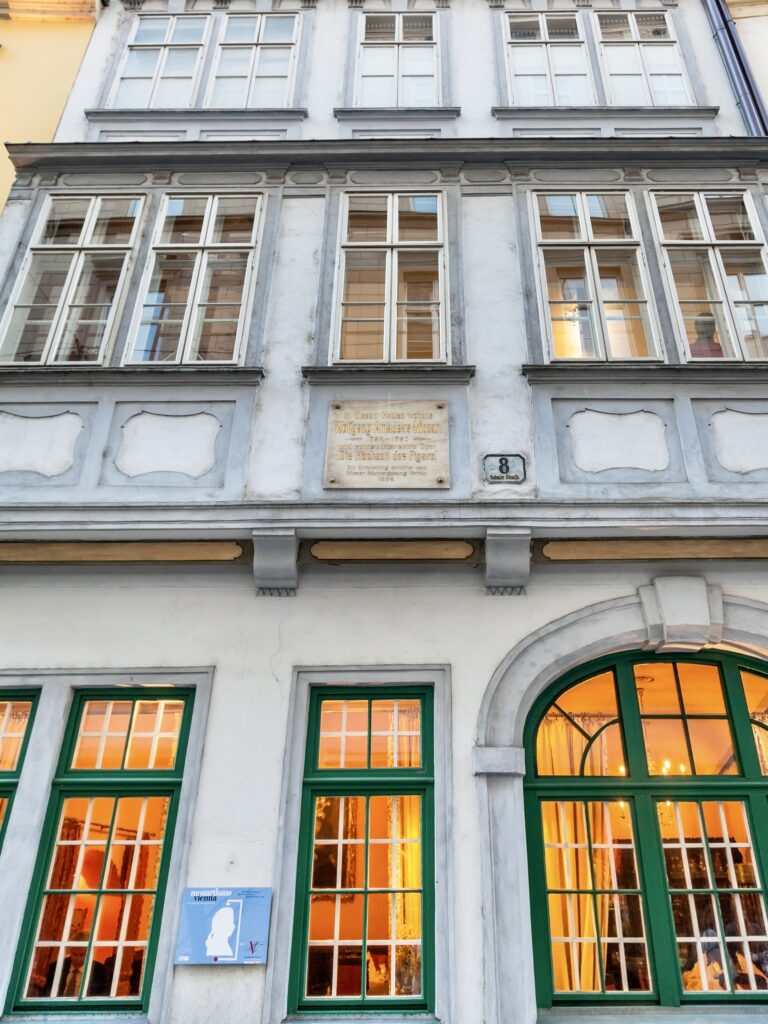
Mozarthaus or Jewish Museum
Vienna’s Mozarthaus is a small museum known as the “Mozart Apartment” or the “Figaro House.” It’s just a few minutes from the cathedral.
The museum’s chief claim to fame is that Mozart lived there for 3 years and it’s his only surviving apartment in Vienna. Mozart composed more music here than anywhere else, including the Marriage of Figaro.
The museum’s exhibits delve into Mozart’s life in Vienna, offering a glimpse into his personal and professional world. There’s not a lot of original things. But I thought it was fascinating to see what a Viennese apartment looked like in the 18th century.
You could also visit the Jewish Museum, which preserves the history and culture of Jewish communities in Austria. Established in 1988, it was the first museum of its kind to reopen in Europe after World War II.
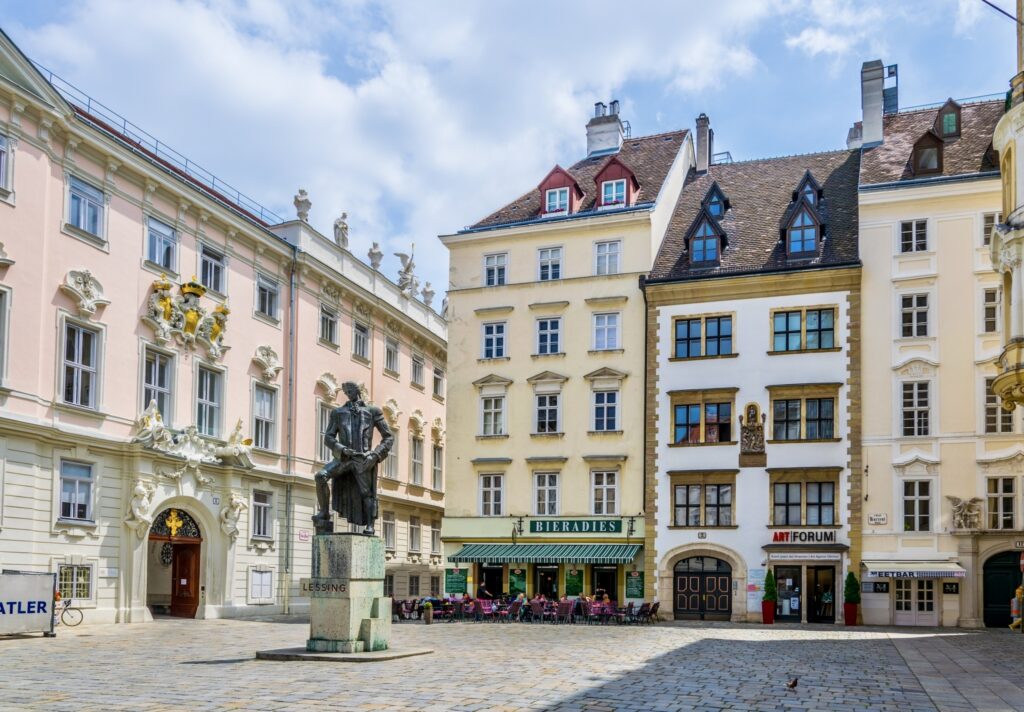
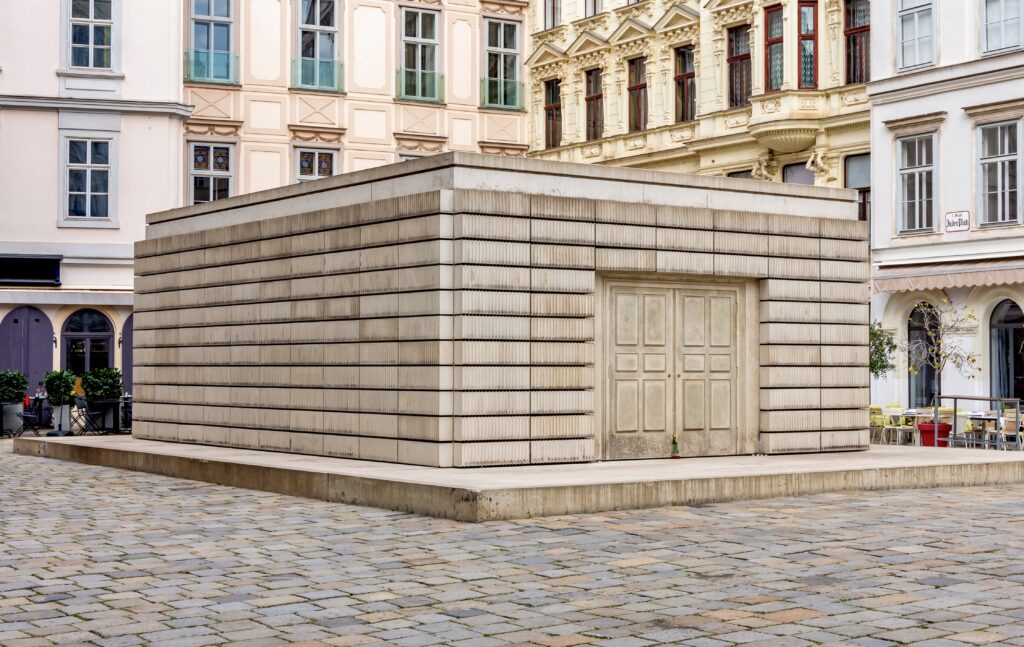
A single ticket covers two locations: the main building in Palais Eskeles and a secondary site at Judenplatz.
At Palais Eskeles, you’ll find permanent exhibitions that chronicle the society and culture of Viennese Jews. The Judenplatz museum focuses on medieval Jewish Vienna and includes the remnants of a 14th century synagogue.
Adjacent to the Judenplatz museum is the Holocaust Memorial, also known as the “Nameless Library.”
Designed by British artist Rachel Whiteread, the memorial looks like a library with its books turned inside out, symbolizing untold Jewish stories due to the atrocities of the Holocaust.
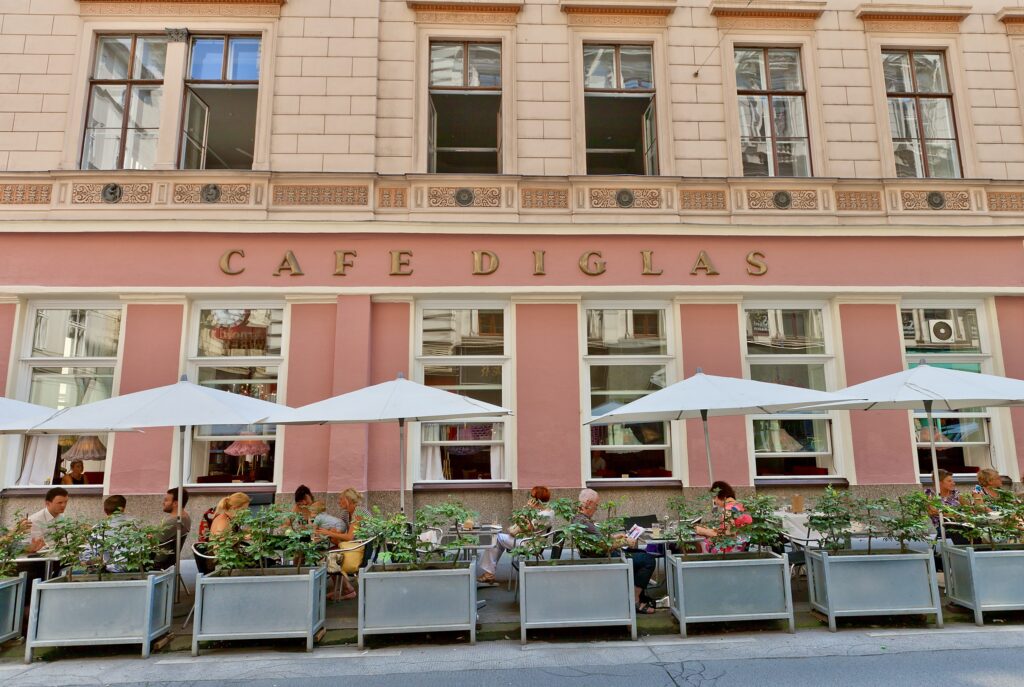
Lunch:
If you want to have lunch in the Jewish Quarter, reserve at the Cafe Landtmann. It’s a historic cafe that’s been round since 1873.
Cafe Diglas is another good, and generally less crowded. Then, head to the imperial palace complex.
Hofburg Palace
Hofburg Palace, the heart of the Habsburg dynasty in Vienna, was more than a royal residence. It was a hub of imperial authority and cultural vibrancy.
This sprawling complex served as the home and government seat for the imperial family, ruling over Europe’s vast territories for centuries. The palace encompasses numerous attractions.
The one most people visit is the building that houses the imperial apartments, the Sisi Museum, and the Silver Collection.
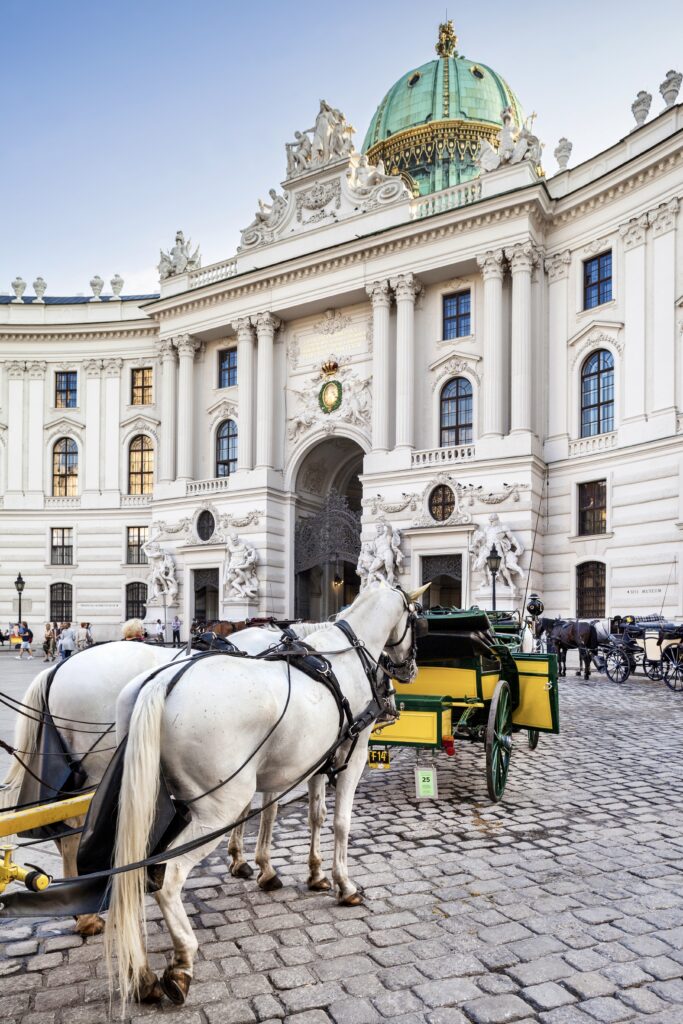
The Neo-Rococo imperial apartments of Emperor Franz Joseph and Empress Sisi boast lavish period decorations, with an abundant use of gold and red.
The Sisi Museum, opened in 2004, offers a stylish tribute to Empress Elisabeth. It has a unique, almost cult-like ambiance.
The palace’s silver collection is a testament to the opulence of the imperial lifestyle, showcasing exquisite tableware and artifacts.
If you like Crown Jewels, I also recommend a visit to the Imperial Treasury, which is part of the Hofburg complex. The museum houses a glittering collection of crown jewels and treasures from centuries of Habsburg rule.
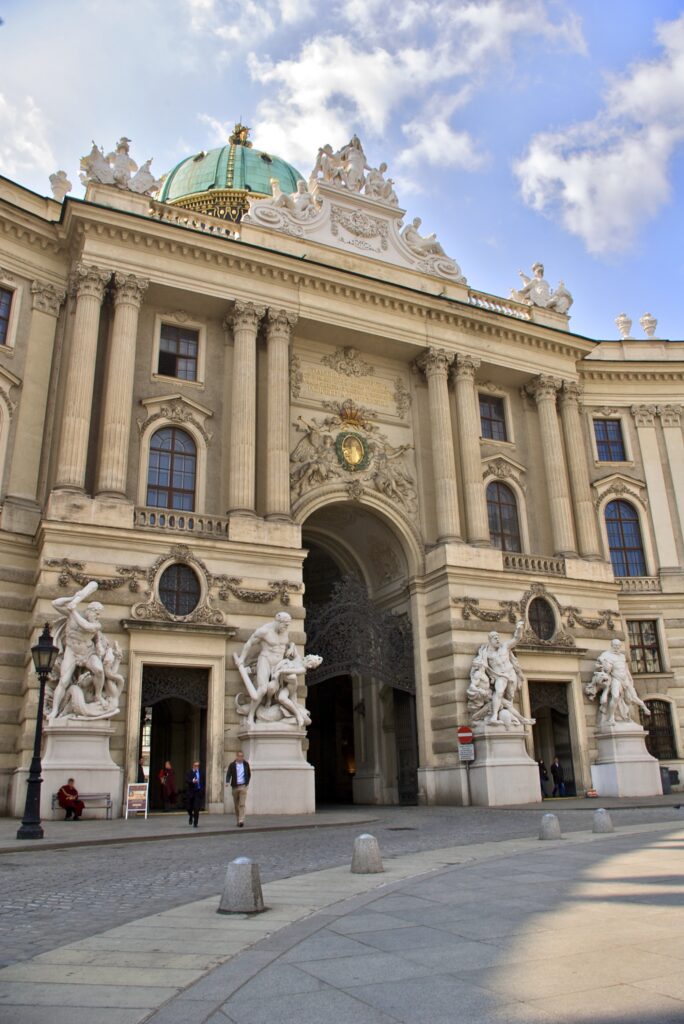
Spanish Riding School
If you’re an equine fan, you may want to visit the Spanish Riding School. It’s a historic equestrian institution, famous for its classical dressage using Lipizzaner horses.
Performances and training exercises are held in the Winter Riding School, a beautiful baroque hall designed by architect Joseph Emanuel Fischer von Erlach.
The school’s 80 minute performances attract visitors from around the world and are booked months in advance.
If you don’t want to sit through a performance, you can still take a peak. It’s possible to watch the horses’ morning exercise sessions without a reservation. They start at 10:00 am.
Tip: If you want to take a coffee break, the lovely cafe Demel is just around the corner.
>>> Click here to book a Lipizzaner performance
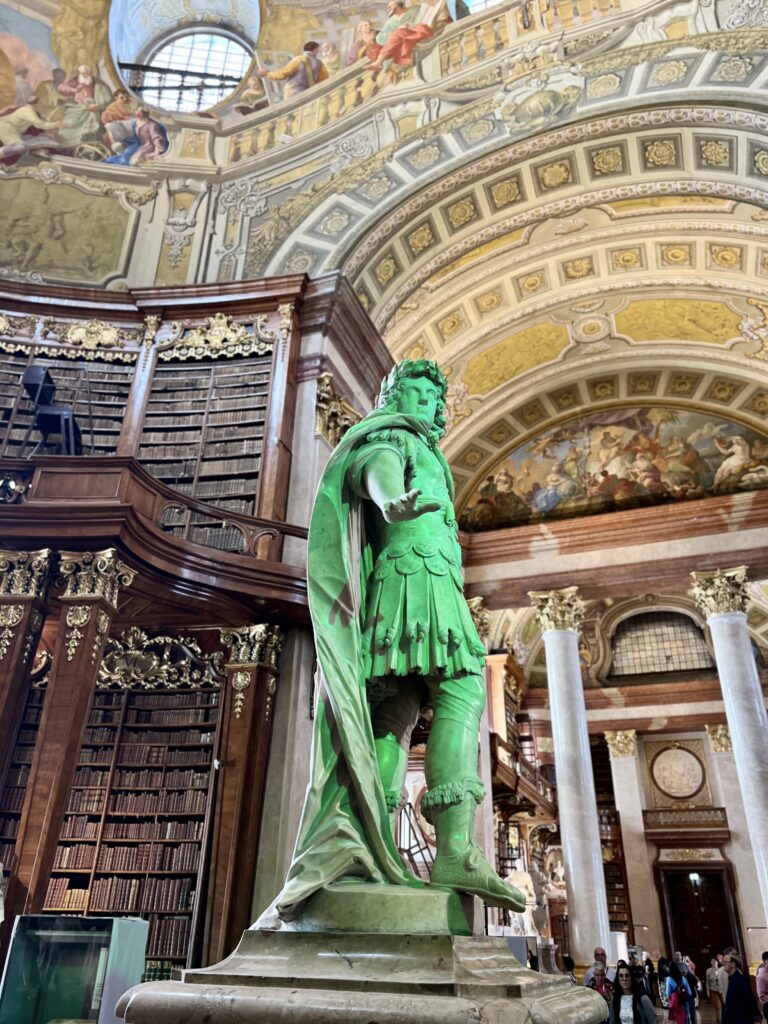
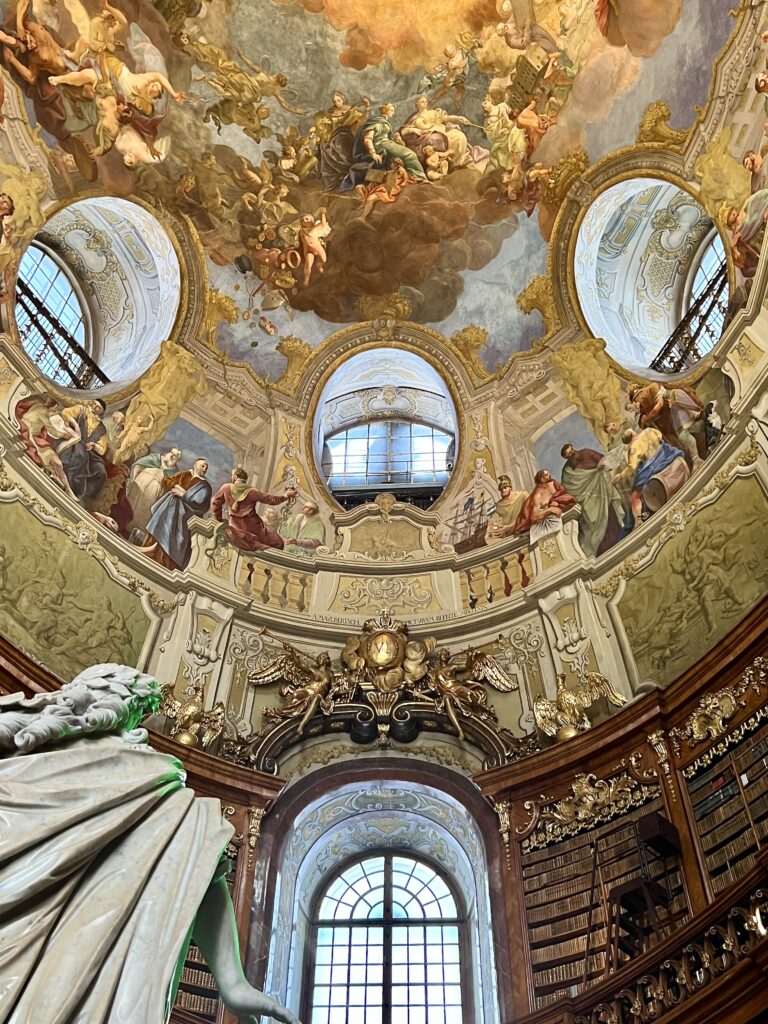
Austrian National Library
The Austrian National Library is not only the largest library in Austria, but also one of the most beautiful historical libraries in the world.
It houses an extensive collection of books and manuscripts, including over 12 million items.
Renowned for its impressive Baroque architecture, the library’s State Hall (Prunksaal) is a gorgeous space with magnificent frescoes, sculptures, and an exquisite collection of globes.
This library is a treasure trove for researchers, historians, and book lovers, and a key cultural and educational institution in Austria.
It’s also home to four museums: the Literature Museum, the Papyrus Museum, the Globe Museum, and the Esperanto Museum.
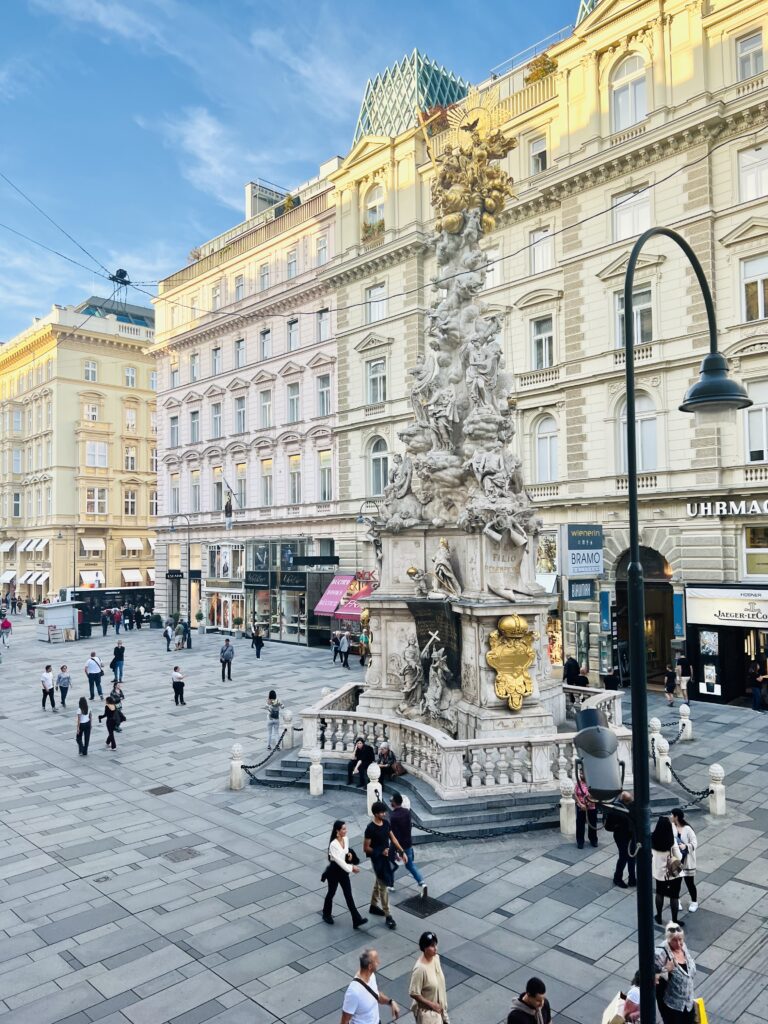
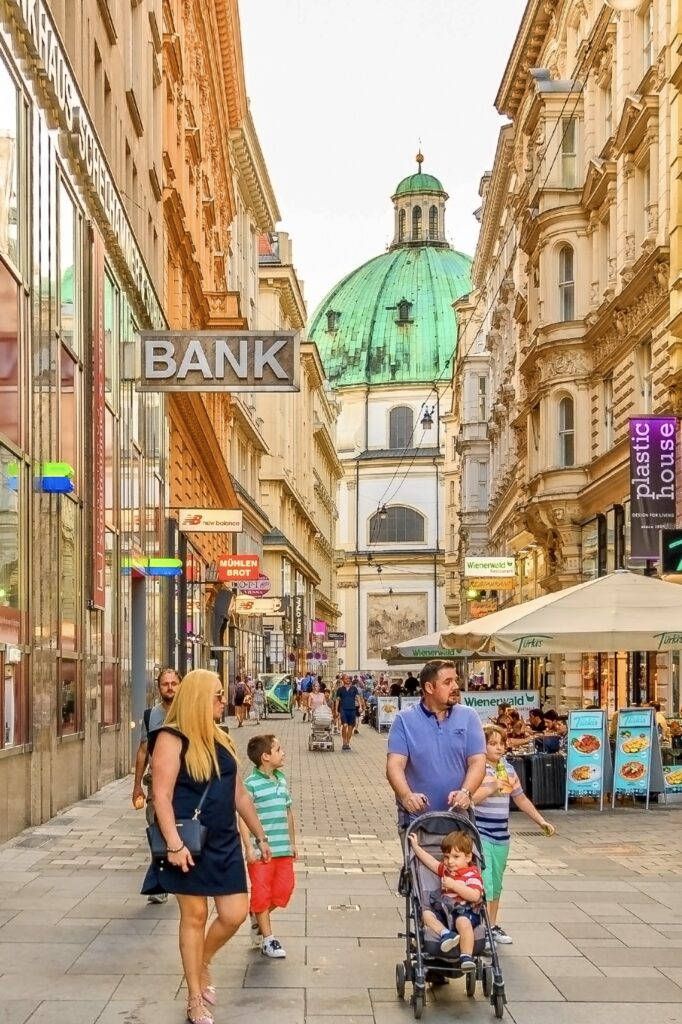
Evening
In the evening, take a pre-dinner stroll down Graben Street, one of Vienna’s most famous streets. It’s a pedestrian-only thoroughfare lined with impressive Baroque architecture, luxury shops, and renowned cafes.
Tip: If you pop into Knize, a luxury store from Vienna’s imperial past, you’ll have a great view of Graben from the second floor windows.
For dinner, here are some of my favorite restaurants in Vienna that I can personally recommend. Pick one to try each evening of your visit.
- Gastwirtschaft Praterwirt (2nd district), very light schnitzel
- Nestroy Gastwirtschaft (2nd district), great goulash
- Plachutta (1st district), for a good tafelspitz
- Zum Alten Beisl (10th district), lovely location, amazing food
- Zum Alten Fassl (5th district), cozy spot
- Meixner Gastwirtschaft, (10 district), lovely garden, super schnitzel and amazing zwiebelrostbraten
- Kikko Ba (4th district), Japanese themed snacks and cocktails
- Lola Spanisches (1st district), tapas restaurant with funky cocktails
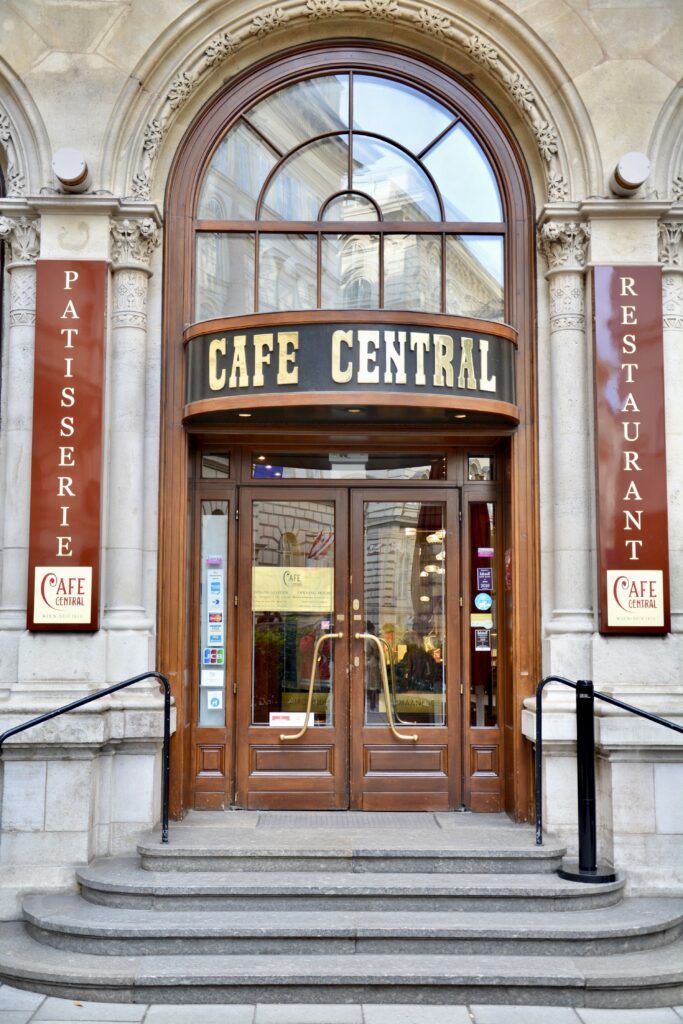
Cafe Central
Start your day off with breakfast at Cafe Central. It’s the most famous of Vienna’s coffee houses.
The cafe has a beautiful Neo-Renaissance interior, with arched windows, and elegant chandeliers.
Throughout its history, Cafe Central was a popular meeting place for many of Vienna’s intellectuals, writers, and artists. It was frequented by figures such as Sigmund Freud.
Be sure to make a reservation. Even if you’re going at 7:00 am!
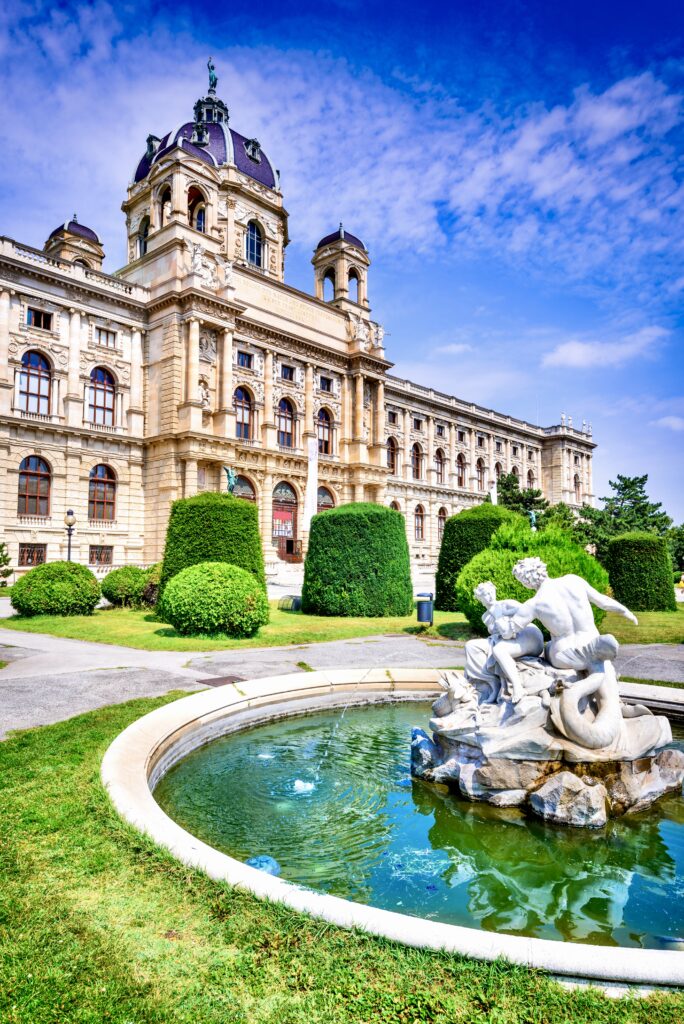
Kunsthistoriches
After breakfast, head to the Kunsthistorisches Museum, which opens at 10:00 am.
It’s Vienna’s premier art destination. The vast museum offers a unique glimpse into the artistic heritage of the Habsburg dynasty.
Visitors are greeted by the opulent marble, murals, and gold leaf in the entrance and hallways.
Spanning three floors with over 100 rooms, the museum displays an impressive array of Italian Renaissance, Flemish, French, Spanish, and German Renaissance art.
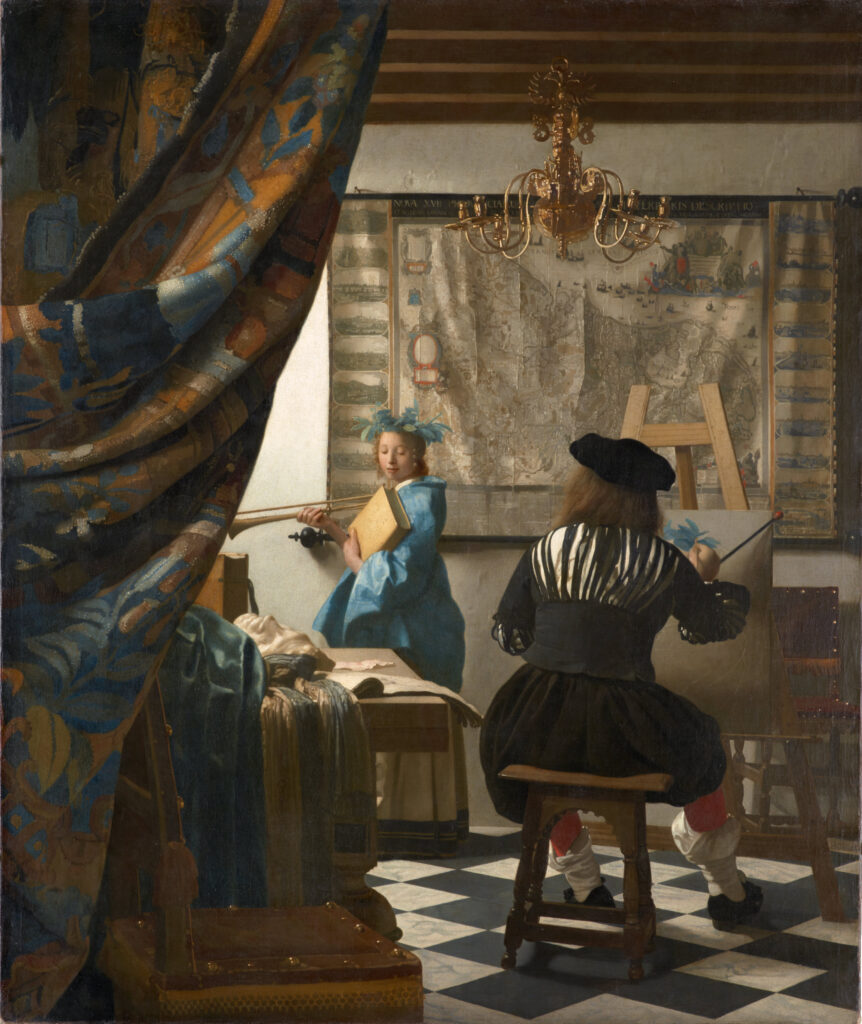
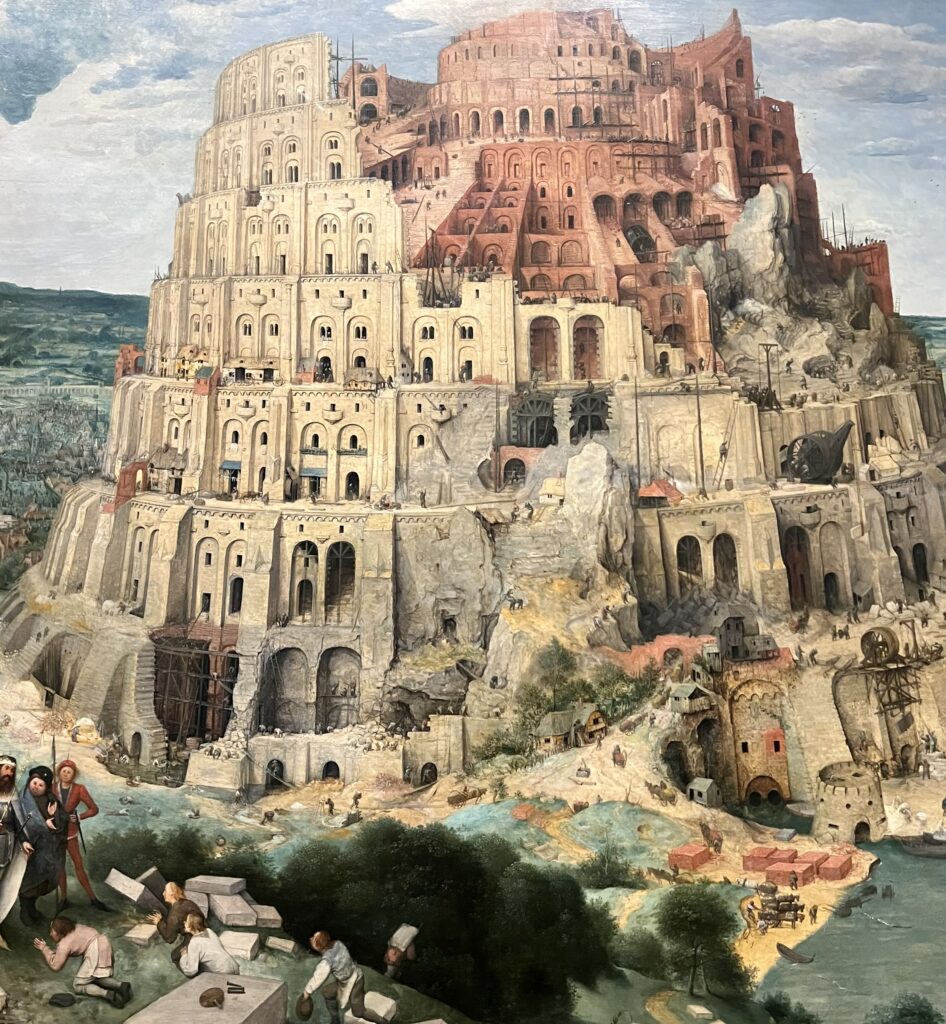
Highlights include works by renowned artists such as Rubens, Titian, Rembrandt, Holbein, Dürer, Caravaggio, and Raphael.
The museum is particularly famous for housing the largest collection of Pieter Bruegel the Elder’s paintings in the world.
You’ll also find Greco-Roman antiquities, an Egyptian collection, and Near Eastern artworks.
Tip: If you prefer natural history to fine art, exactly opposite the square is the Naturhistorisches Museum. You’ll find a menagerie of stuffed animals, dinosaur skeletons, minerals, and Bronze and Iron Age artifacts.
>>> Click here to pre-book a skip the line ticket
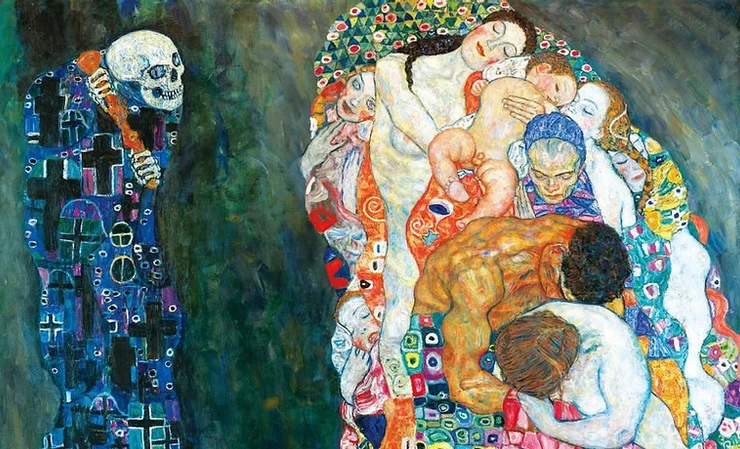
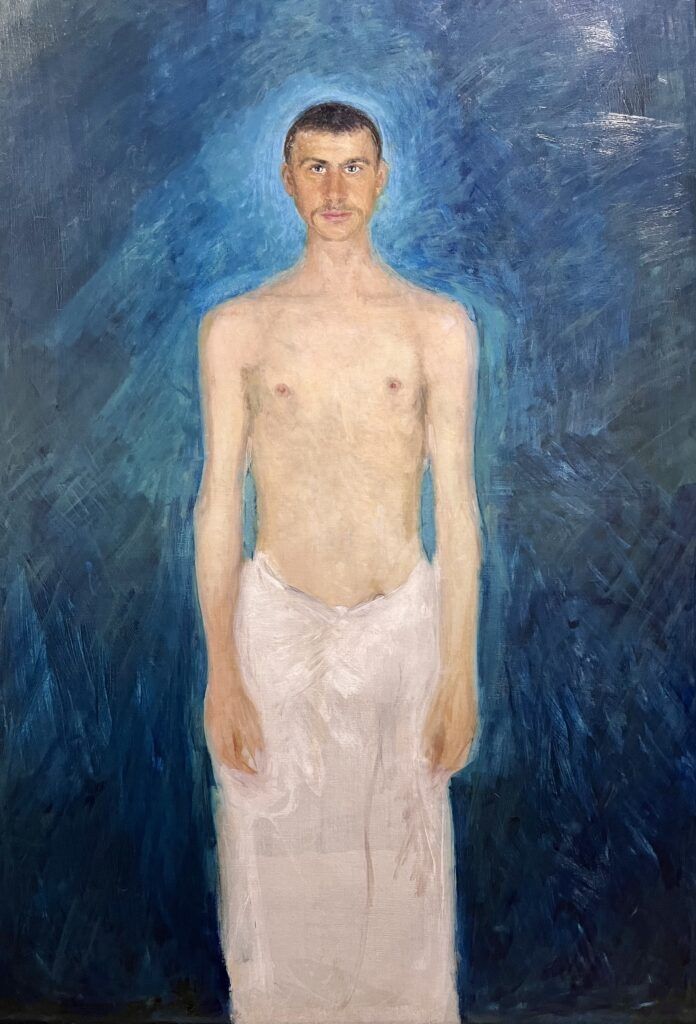
Leopold Museum
Behind the Kunsthistorisches is Vienna’s vaunted Museums Quarter.
Head through the Baroque vaulted entranceway into a central courtyard. It’s an open air cultural venue with cafes, art installations, and galleries.
Of the museums in the quarter, I like the Leopold Museum best. It’s an incredibly well designed museum with a spectacular horde of Judgenstill and Expressionist art.
You’ll find the world’s largest collection of paintings by Egon Schhiele. There are also seminal works by Gustav Klimt, Oscar Kokoschka, and more.
>>> Click here to pre-book a skip the line ticket
If you prefer contemporary art, you could opt for MUMOK instead. You’ll find works from prominent movements from the 20th century, but also avant garde pieces and performances.
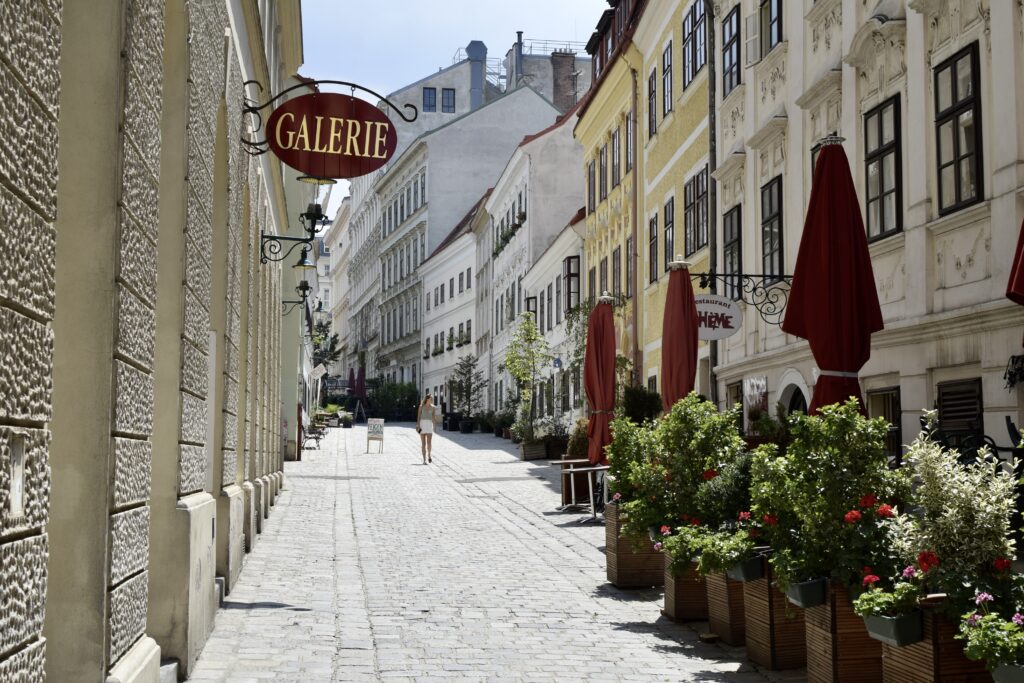
Lunch
For lunch, the Leopold Museum has an excellent cafe with beautiful decor. Another good restaurant spot in this area is Milo.
You could also lunch is the Spittelberg neighborhood near Museum Quarter. This is a quaint charming area with cobbled streets that has barely changed since the 18th century.
You’ll find cozy Viennese coffeehouses, stylish bistros, and beer gardens.
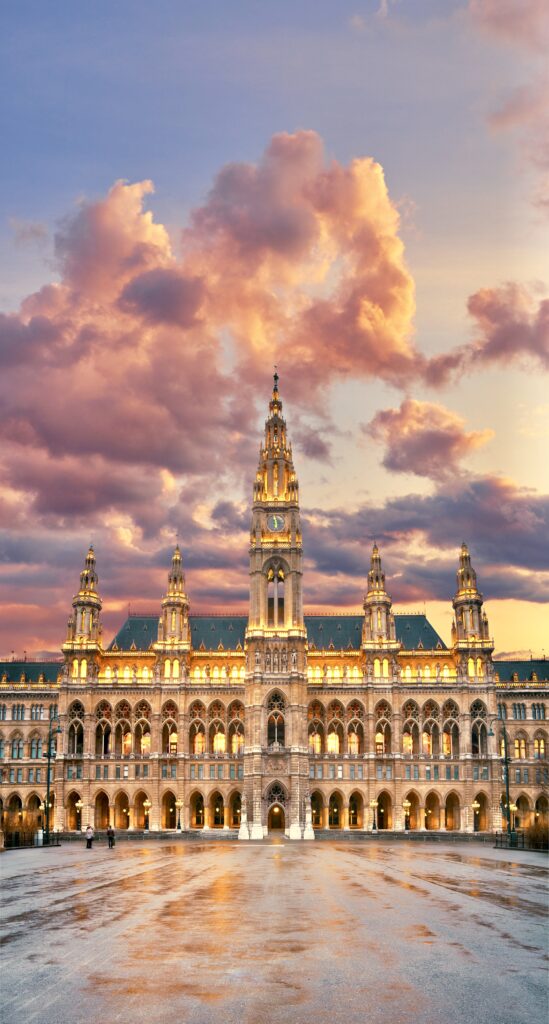
City Hall
After lunch, take a stroll along the Ringstrasse. Ogle he Austrian parliament Building, the Rathaus, the Burgtheater, and the University.
The Vienna Rathaus is a striking, and massive, example of Neo-Gothic architecture. The handsome facade is capped by five stone towers, the largest of which is 325 feet tall.
The Rathaus serves as the seat of both the mayor and city council of Vienna. In the winter, it hosts a smashing Christmas market and ice skating rink.
Tip: You can only tour the Rathaus at 1:00 pm on Monday, Wednesday, and Friday.
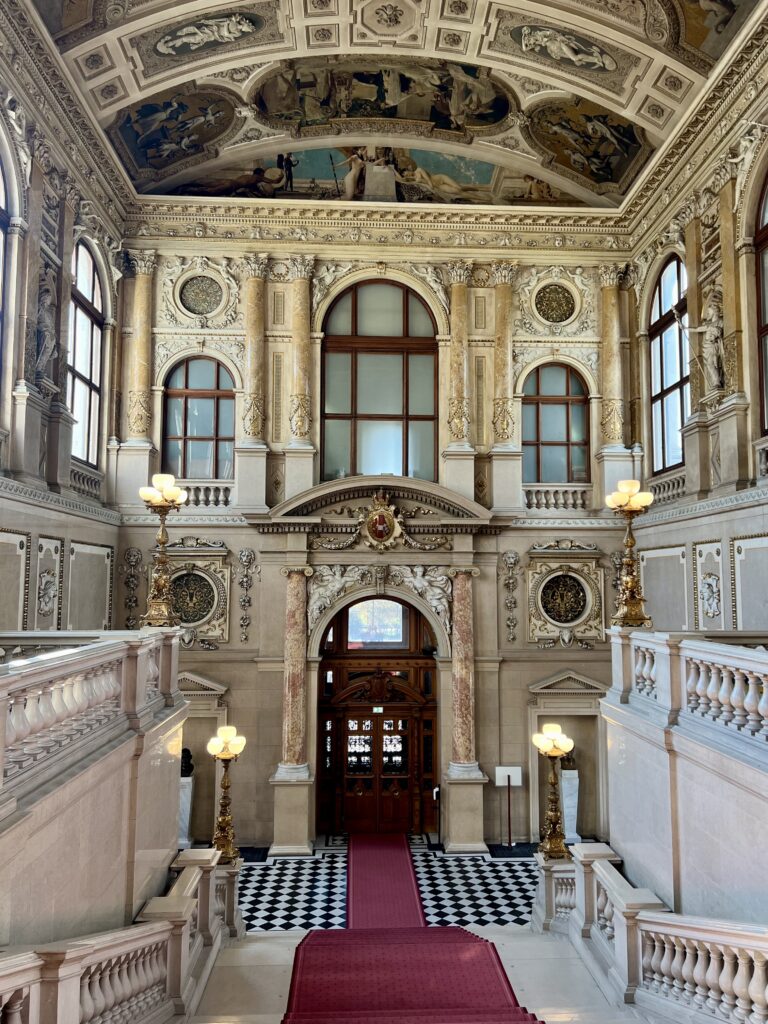
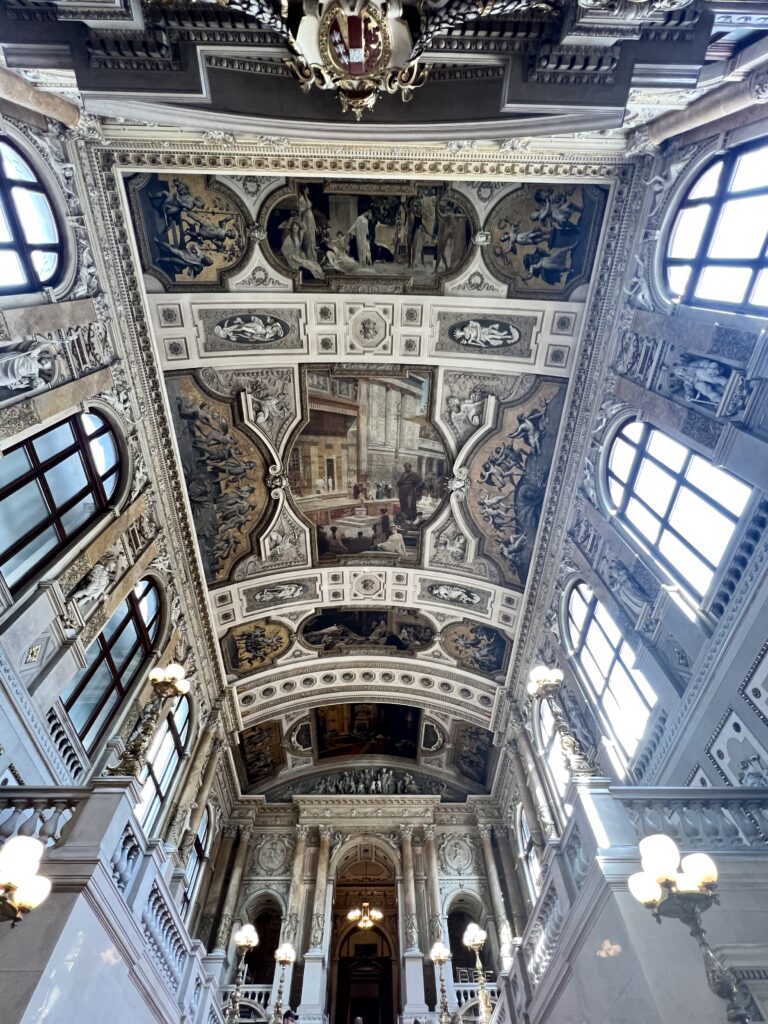
Burgtheater
Directly opposite the Rathaus is the elegant facade of the Burgtheater. It was build in the 1880s to house Vienna’s premiere theater company.
The most impressive features of this remarkable building are the two huge entrance halls on either side of the auditorium. Both are decorated with frescos painted by Gustav Klimt and his brother.
If you want to take a tour of the Burghtheater, check the website.
Most of the tours are in German, with English tours in the summer. But I just went on a tour in October where the guide spoke in both German and English.
Tip: Across from the Burgtheater is the beautiful Church of the Minorites.
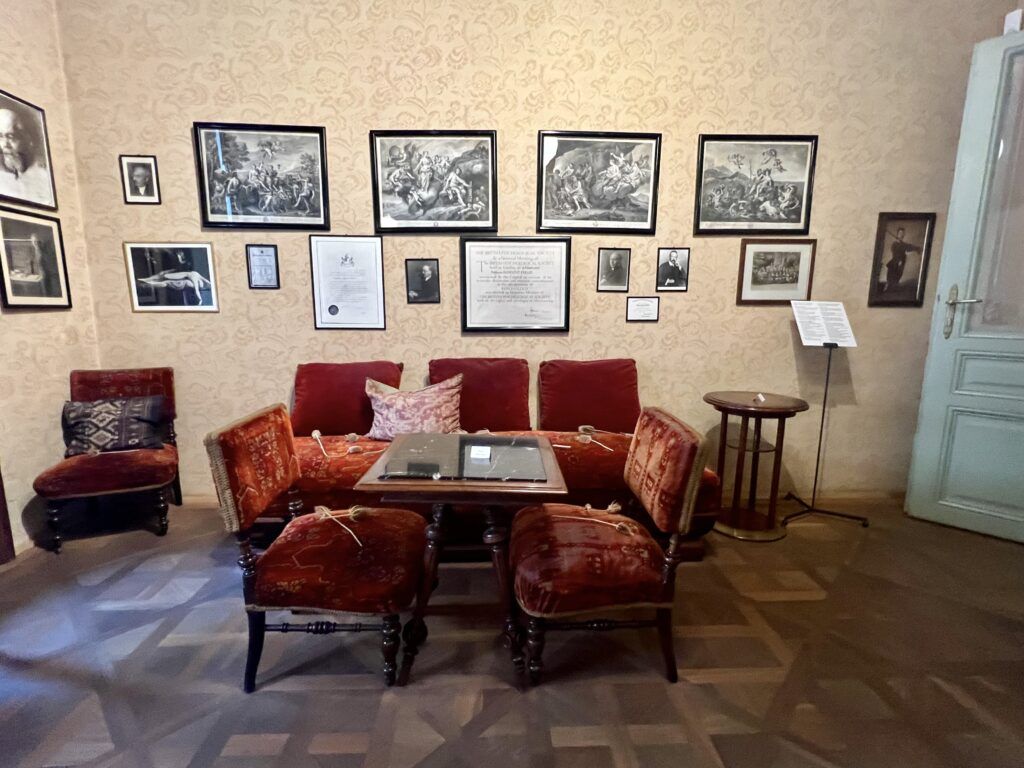
Freud Museum
Next, those with an interest in psychology should head to the Freud Museum. It’s 15 minute walk from the Burgtheater.
The museums gives you an insightful look into the life of Sigmund Freud, known as the founding father of psychoanalysis.
Freud lived and worked here for 47 years before he left in 1938 due to Nazi occupation. The museum allows visitors to explore his personal life and famous practice.
The museum was recently expanded and renovated over 18 months to the tune of $4 million, re-opening in 2020. Each room has information panels on history of the room itself and display cases on psychoanalysis.
>>> Click here to book a skip the line ticket
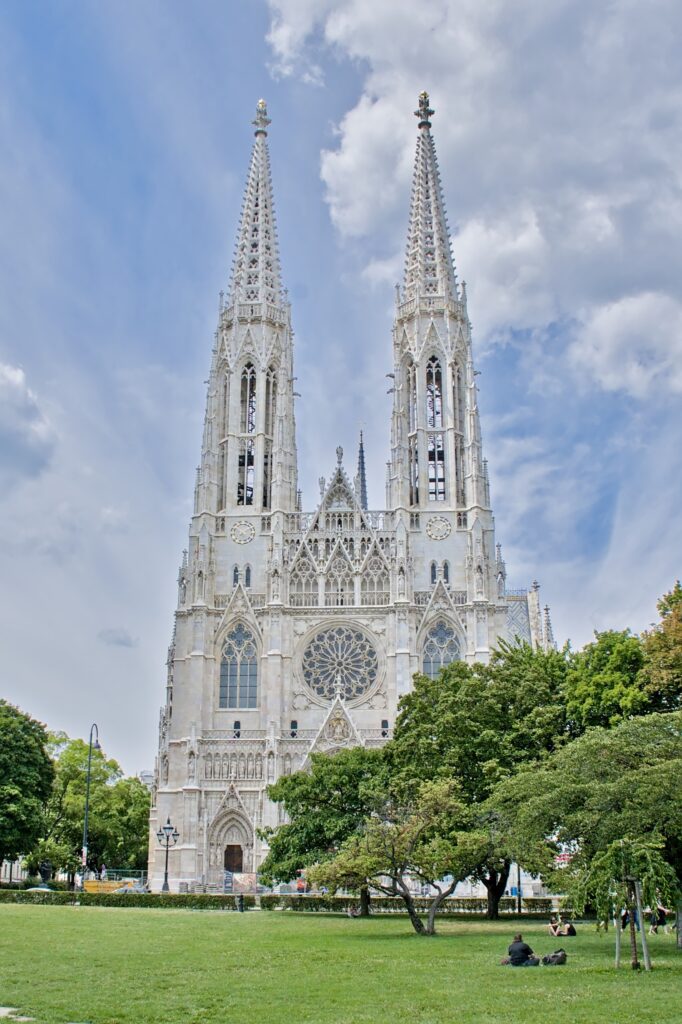
Votivekirche
While you’re in the area, take a look at the Votive Church. It was designed in the 1860s by the historicist architect Henrich von Ferstel.
The facade features two soaring, symmetrical towers that stretch towards the sky.
Inside, the church maintains a traditional Gothic design. It’s adorned with a towering vaulted ceiling, vivid stained glass windows, and an intricately designed high altar.
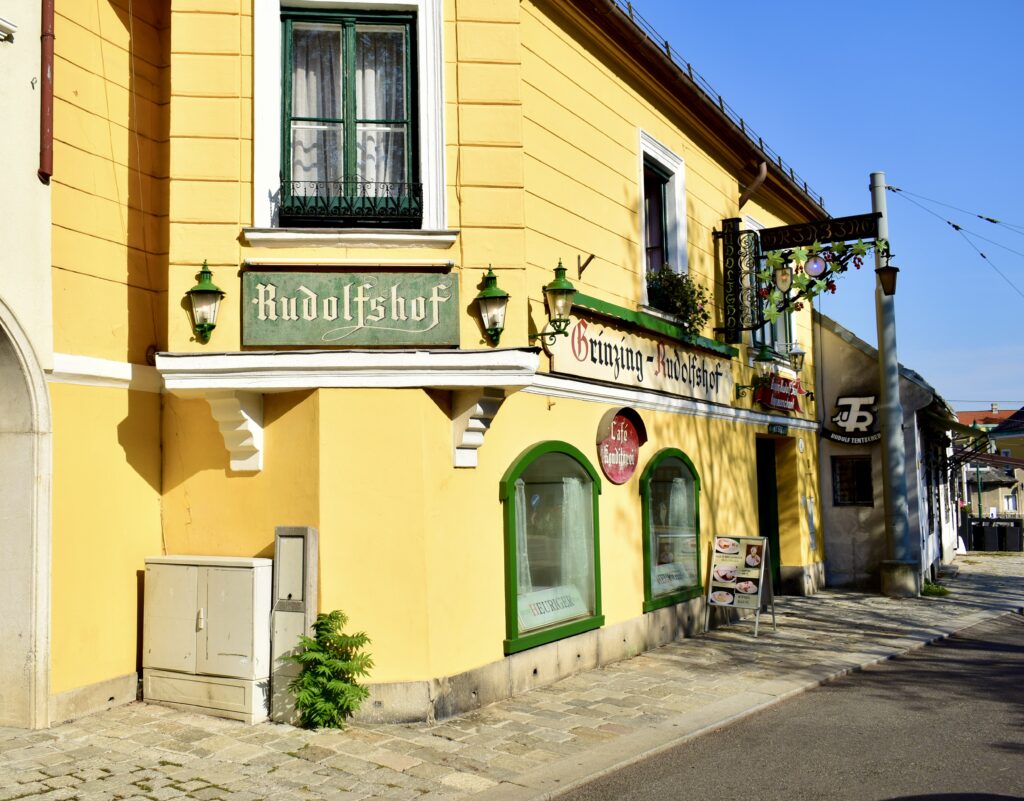
Evening
In the evening, head out to the wine gardens in Vienna, which are primarily located in the 19th district of the city, which is called Döbling.
Döbling is well-known for its picturesque vineyards and wine taverns, known as “Heuriger” in German.
These Heuriger establishments offer locally produced wine, traditional Austrian food, and a relaxing atmosphere for visitors to enjoy. Döbling’s hilly terrain and favorable climate make it suitable for vineyard cultivation, and it has a long history of winemaking.
My personal favorite is Heuriher Kierlinge.
Vienna Secession
Begin day 3 with a visit to the Vienna Secession Museum. It opens at 10:00 am and doesn’t take too long to explore.
The building itself is an iconic representation of Vienna’s Jugendstil, marking the turn of the century with artistic flair.
It’s celebrated for housing Gustav Klimt’s renowned Beethoven Frieze, a masterpiece of gilded Art Nouveau.
The frieze is displayed in a climate-controlled gallery in the basement. Klimt intended it as a symbolic interpretation of Beethoven’s Ninth Symphony, celebrated for its intricate design and thematic depth.
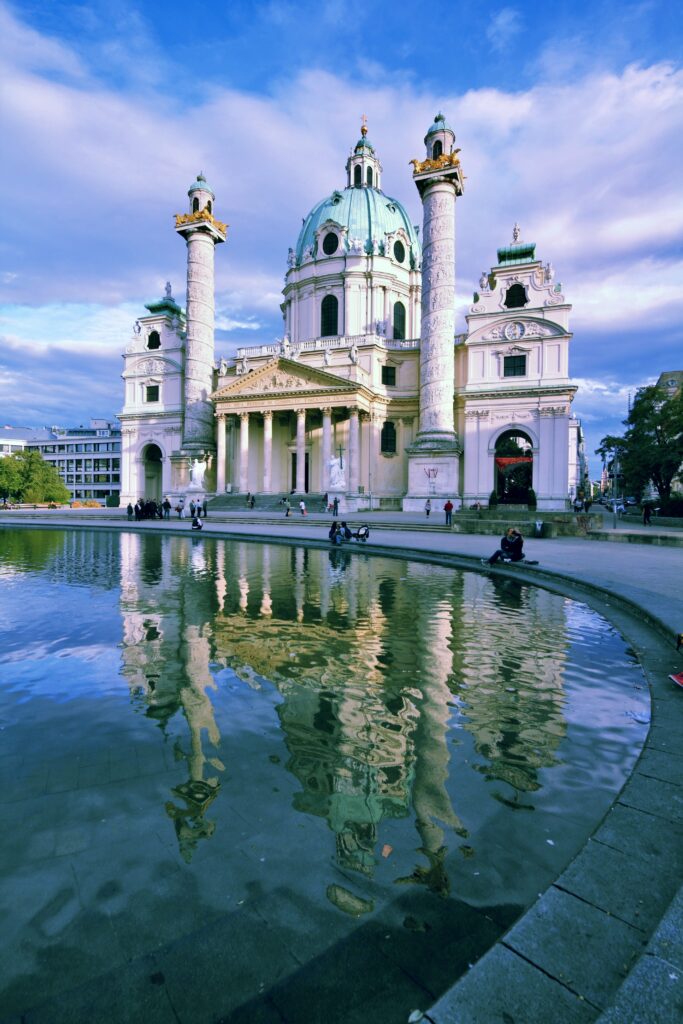
Karlskirsche
St. Charles Church is the most spectacular Baroque church in Vienna. Designed by Johannn Fischer von Erlach, the facade combines Baroque and Classical styles. The portico, flanked by Trajan-esque columns makes it seem like a Greek temple.
The church is dedicated to St. Carlo Borromeo. But it was really intended to venerate Emperor Karl VI.
Inside, you’ll find an exuberant interior featuring almost endless pastel marble and gold leaf. There is a fine illusionist ceiling fresco by Johann Rootmayr.
You can climb the tower for panoramic views and, along the way, check out the massive organ.
Tip: Keep in mind that the church isn’t free and it only accepts cash for admission, not credit cards.
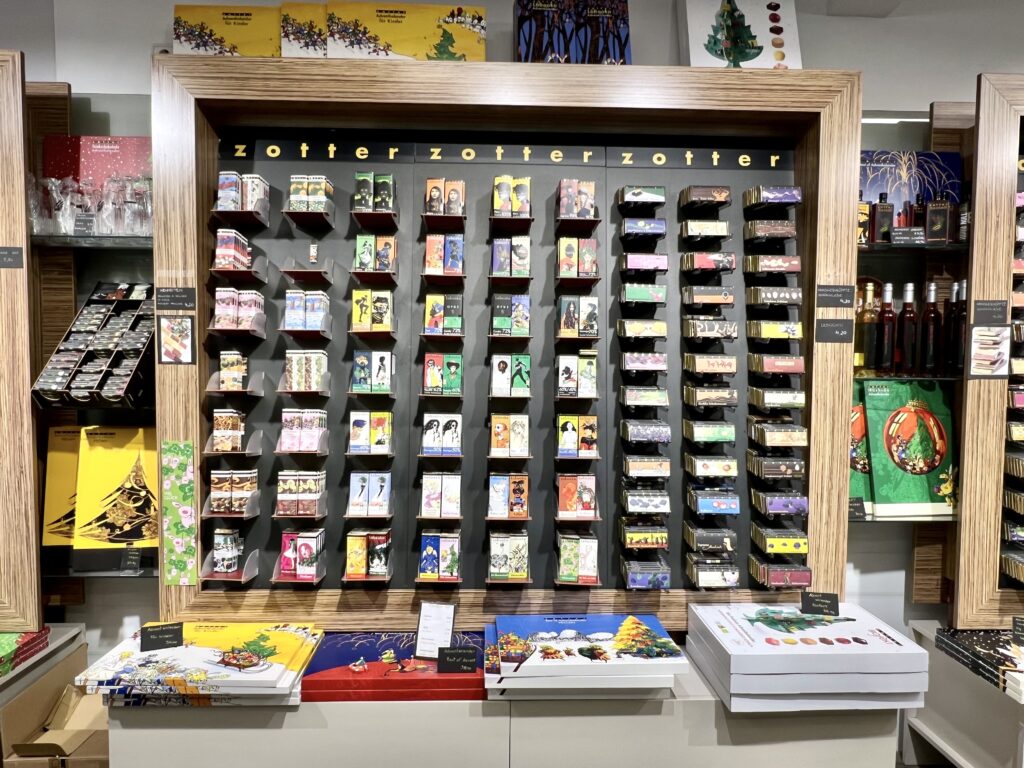
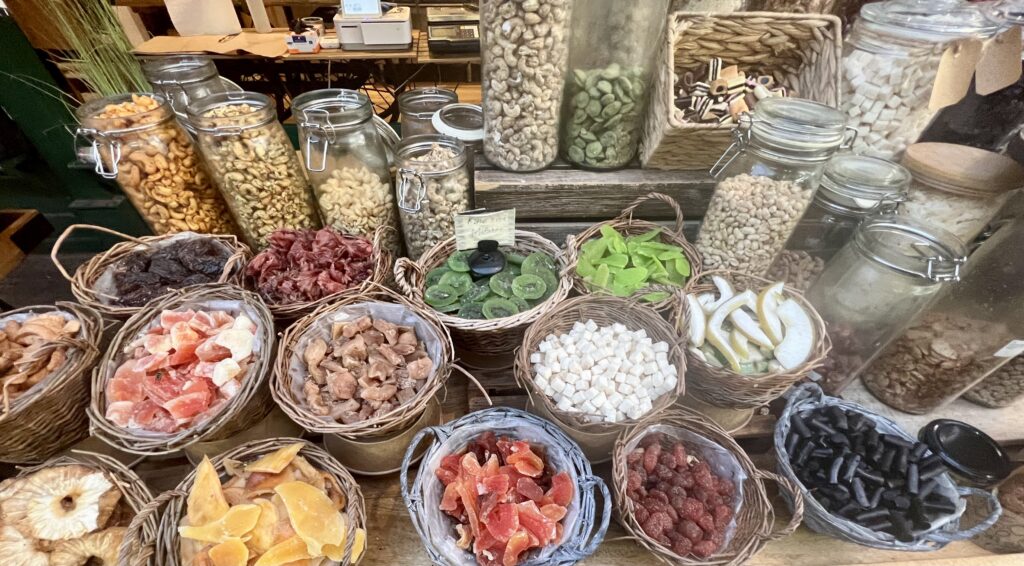
Lunch at Naschmarkt
The nearby Naschmarkt, dating back to the 16th century, is the perfect lunch spot. Stalls are piled high with breads, fish, meats, cheeses, and spices.
There are numerous small eateries and cafes that serve all manner of international cuisine, from Turkish kebabs to Japanese sushi.
>>> Click here to book a food tasting tour at the Naschmarkt
In this area, you could also have lunch at Cafe Sperl. It’s a quintessential Viennese coffee house, rich in history and tradition.
The cafe is famous for its classic Viennese interior with elegant chandeliers, marble-topped tables, polished wooden paneling, and comfortable velvet seating
Tip: If you are a fan of Art Nouveau, take a mini detour to the Otto Wagner designed Majolikahaus. The facade is completely covered in glazed ceramic to create flowing floral motifs.
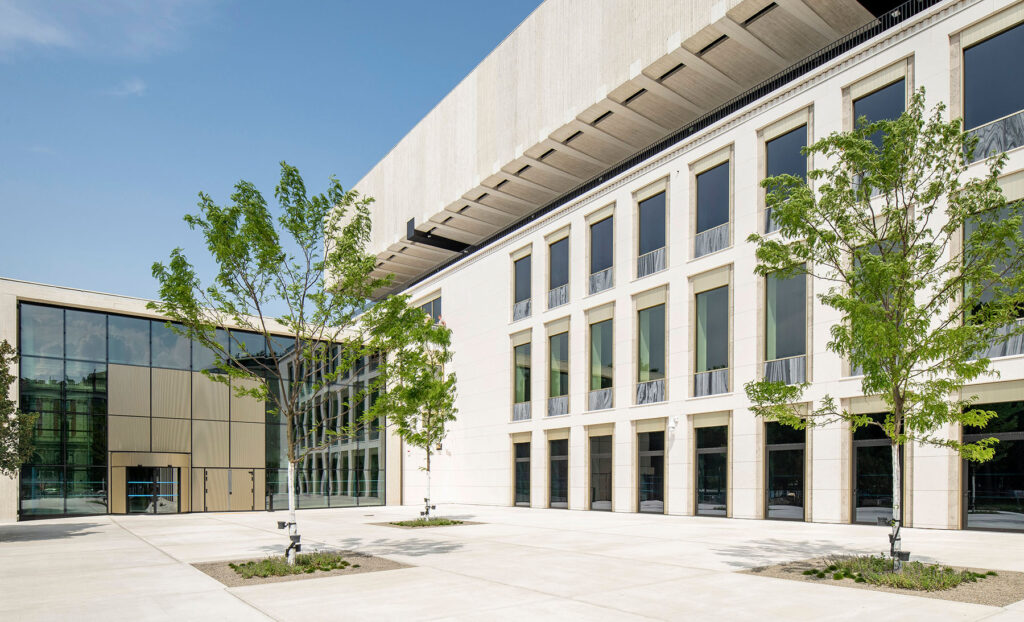
Wien Museum
At the east end of Karlplatz Square is the Wien Museum. It’s kind of a combination art and history museum.
It’s housed in a light, modern building, which was just fully renovated and expanded. Exhibitions trace the history of the city from pre-Roman times to the present day.
The key permanent exhibit is Vienna 1900, with works from Art Nouveau and Expressionist artists Gustav Klimt, Egon Schiele, and Richard Gerstl.
The museum also hosts temporary exhibitions, drawing on its vast archives.
Tip: Admission is free for this museum.
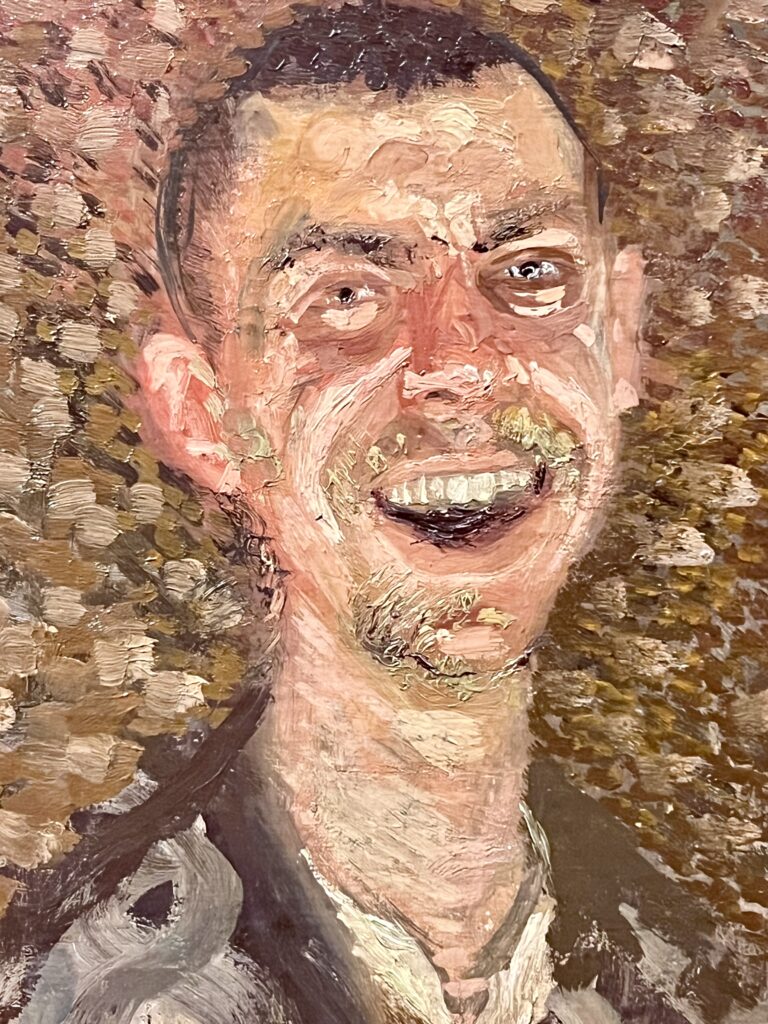
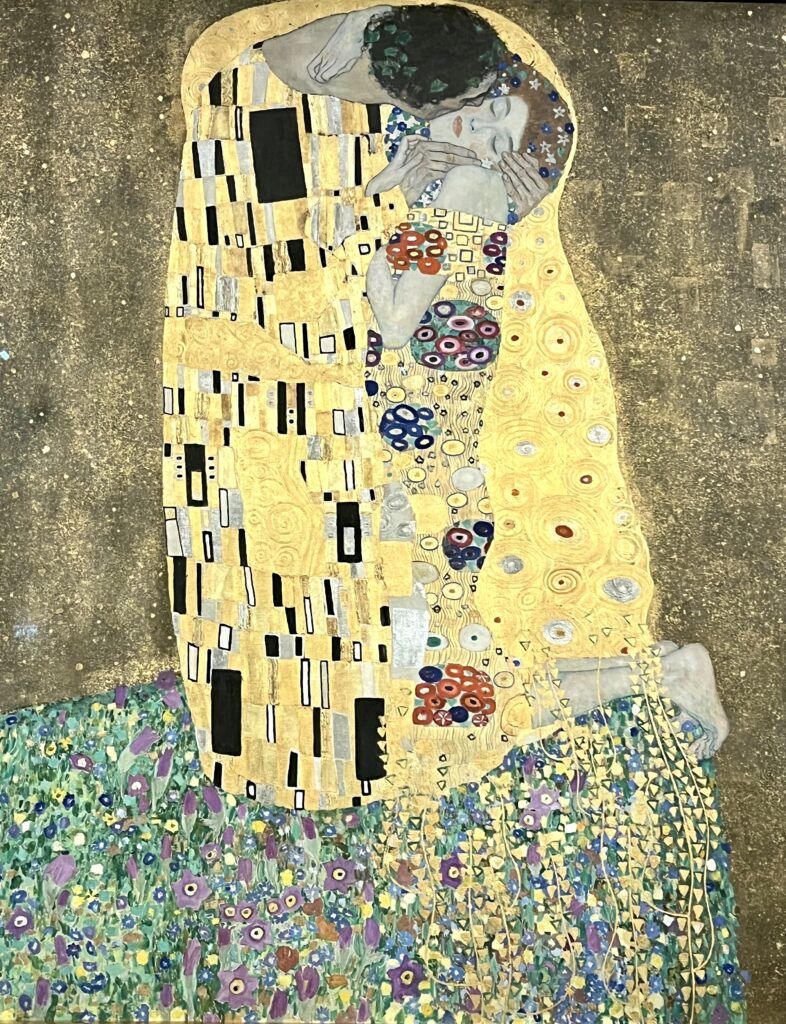
Belvedere Palace
The Belvedere Palace, a UNESCO site, is celebrated for its extravagant architectural beauty and manicured gardens.
This palace is a treasure trove of Baroque art and Austrian masterpieces from the 19th and 20th centuries. Its most famous for its extensive collection of Gustav Klimt’s paintings, including the iconic The Kiss.
The Belvedere complex consists of two distinct buildings, the Upper and Lower Belvedere, connected by a splendid 18th century formal garden.
In addition to Klimt’s works, the palace houses significant pieces by Egon Schiele and Oskar Kokoschka, who are key figures in Expressionist art, as well as earlier examples of Historicism.
Unless it’s off season, you’ll want to pre-book a timed entry skip the line ticket. To dig deep, you can also book a guided tour of the entire palace.
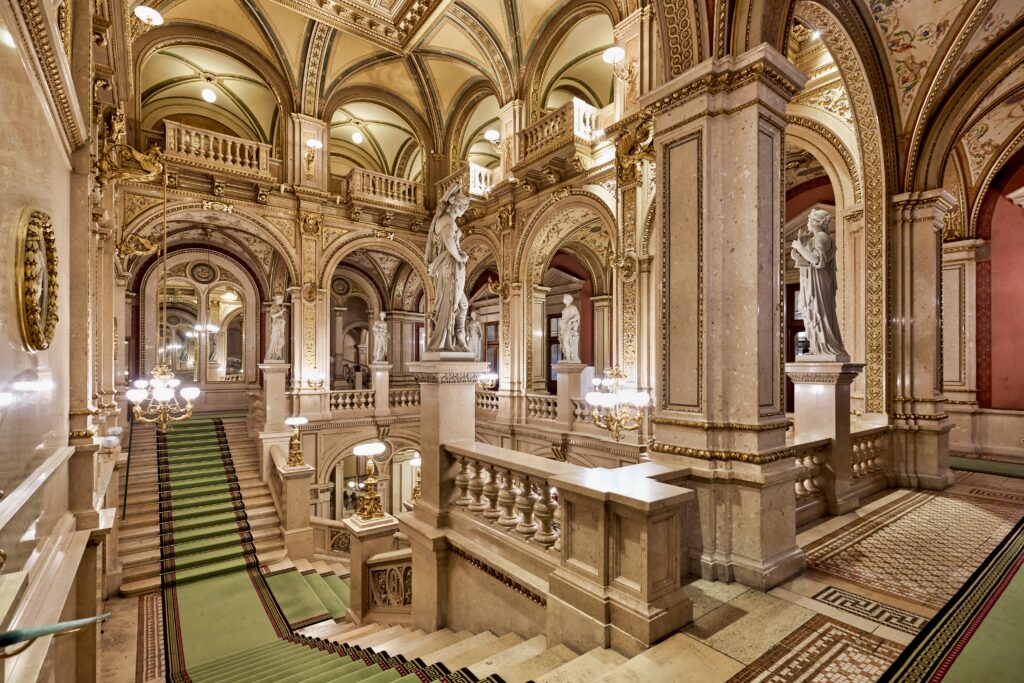
Evening: Staatsoper
The Vienna National Opera is one of the city’s most renowned cultural institutions.
It’s a grand Neo-Renaissance building. The centerpiece of the facade is a loggia adorned with busts of famous composers like Mozart, Verdi, and Beethoven.
Inside, it’s beyond opulent. A grand staircase leads up to the auditorium, with crystal chandeliers, decorative frescoes, and lots of red velvet.
You can take a guided tour of the opera house during the day, of course. But for the full experience, I suggest taking in a show. I recently saw Puccini’s Tosca and it was amazing!
Tickets are pretty pricey. And you’ll need to book well in advance to secure a seat.
Tip: The Staatsoper does offer standing room only tickets. You’ll have to queue up an hour or so in advance of the show.
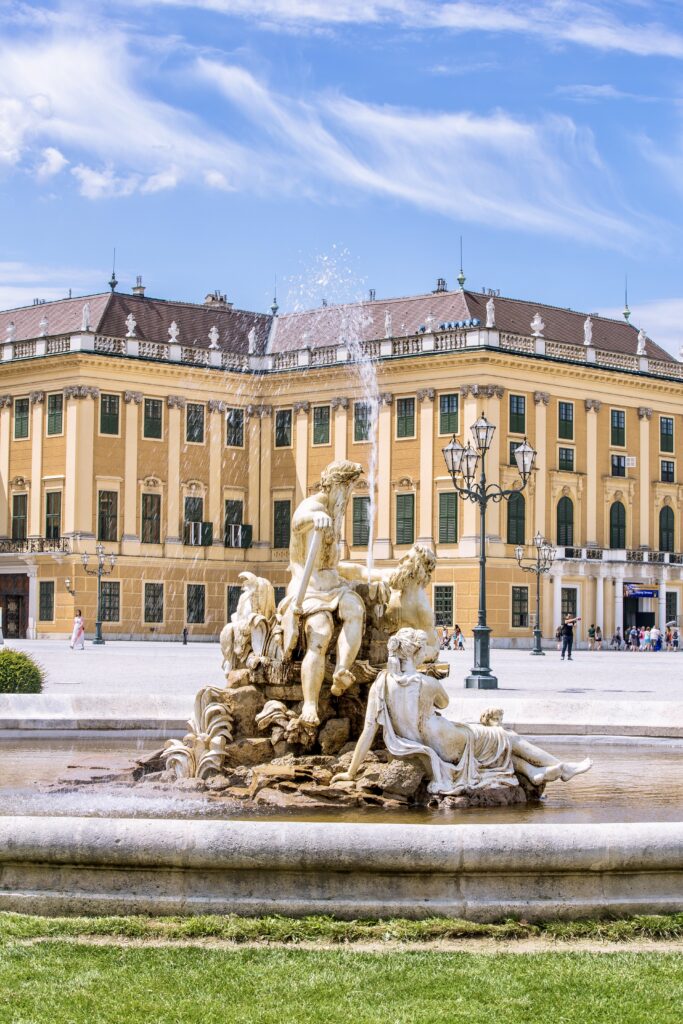
Schönbrunn Palace
In a city filled with aristocratic extravagance, the royal family had to make an extraordinary effort to impress everyone. With Schönbrunn Palace, no one could doubt the supreme wealth or power of the occupants.
The sheer size of the mustard colored palace is astonishing. It boasts one of the finest Rococo interiors in Europe, as well as extensive gardens.
You have to book a guided tour online to see the lavishly decorated imperial apartments. You can choose between the Grand Tour, the Imperial Tour, or the State Apartments tour.
For ease, or if tickets on the website are sold out, you can also book a skip the line tour on Viator or Get Your Guide. Another popular option is to book an after hours tour with dinner and a concert.
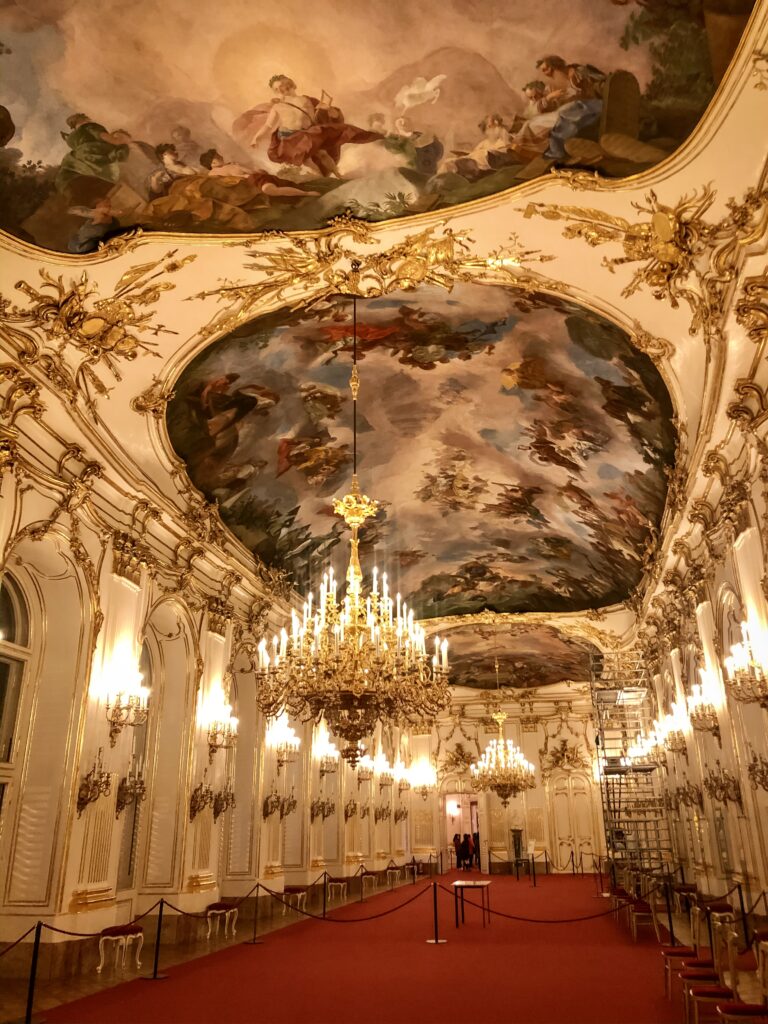
The Grand Tour is the most extensive. You’ll get to see the entire piano nobile, including the Great Gallery and the spectacular Hall of Mirrors where a 6 year old Mozart once played for the empress.
The Schönbrunn Gardens can’t be missed either. Over 160 acres, there are formal Baroque gardens, pavilions, grottos, fountains, and architectural follies.
You may want to stop for lunch at the Palmenhaus. It’s an impression iron and glass building constructed in 1882 with a brasserie.
Tip: To get to the palace from central Vienna, take the U4 (green line) of the U-Bahn (metro) and get off at the Schönbrunn stop. From there, it’s a short walk.
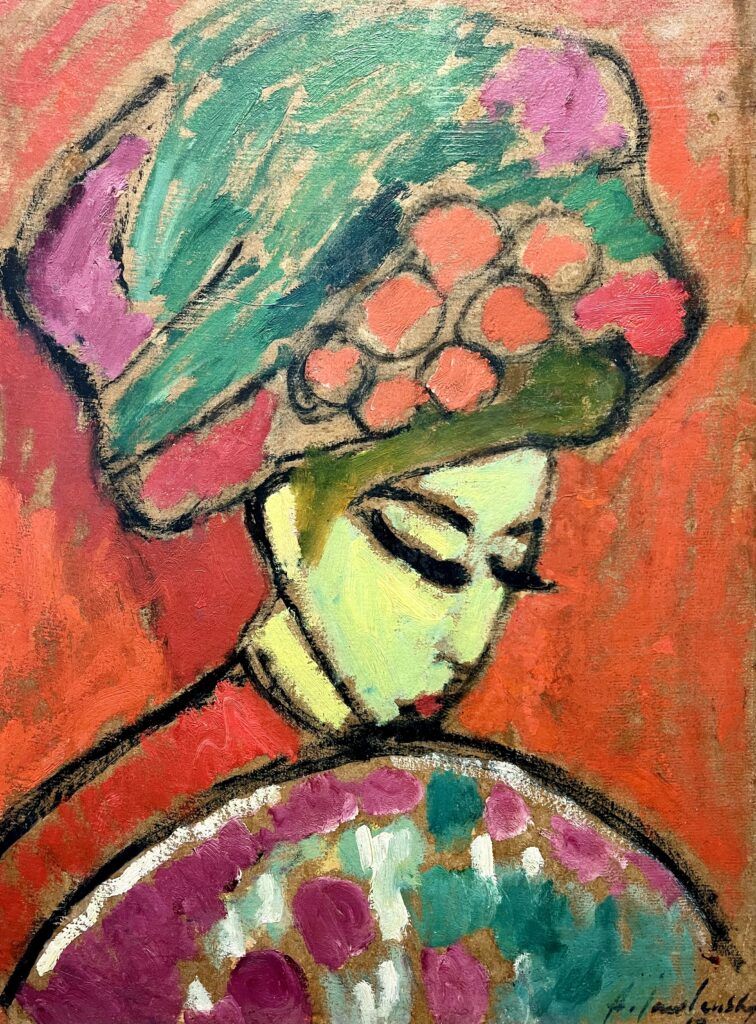
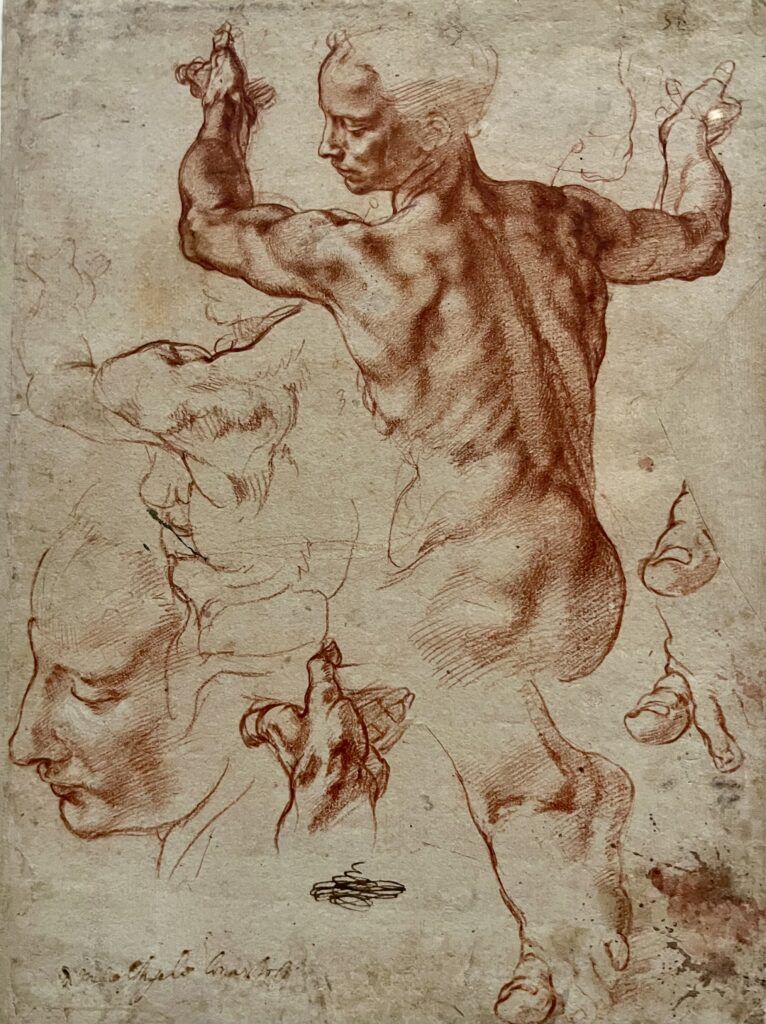
Albertina Museum or House of Music
In the afternoon after your Schönbrunn visit, head to the wonderful Albertina Museum or the House of Music. You might have time for both. The House of Music is open until 10:00 pm.
The Albertina is a pivotal cultural hub, showcasing a fantastic array of graphic art and early Modernist works. It collection of drawings include masterpieces from artists like Michelangelo, Raphael, and Albrecht Dürer.
The Albertina is also celebrated for its European paintings and sculptures from the late 19th to the mid-20th century.
They feature eminent artists such as Claude Monet, Pierre-Auguste Renoir, Vincent van Gogh, Marc Chagall, and Pablo Picasso.
>>> Click here to pre-book a ticket
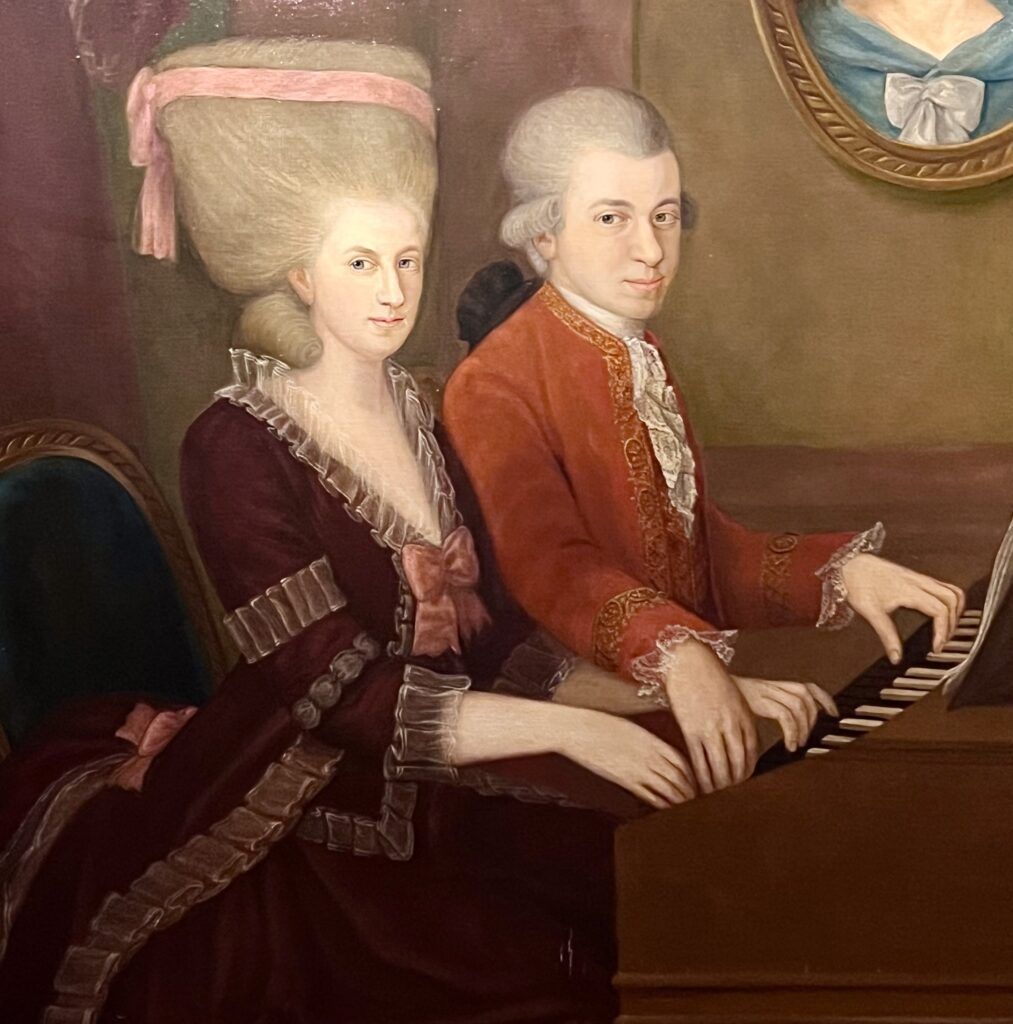
The House of Music offers an engaging and interactive journey into the world of music.
Established in 2000, this museum appeals to both children and adults. It aims to deepen the appreciation and understanding of music through hands-on experiences.
Featuring interactive and sensory displays, the museum brings the science and emotion of music to life. Visitors have the opportunity to create their own waltz, experiment with different pitches and sounds, and explore various musical instruments.
My favorite part was the sections dedicated to the “great composers,” where visitors can immerse themselves in the lives and music of Haydn, Mozart, and Beethoven.
>>> Click here to pre-book a ticket
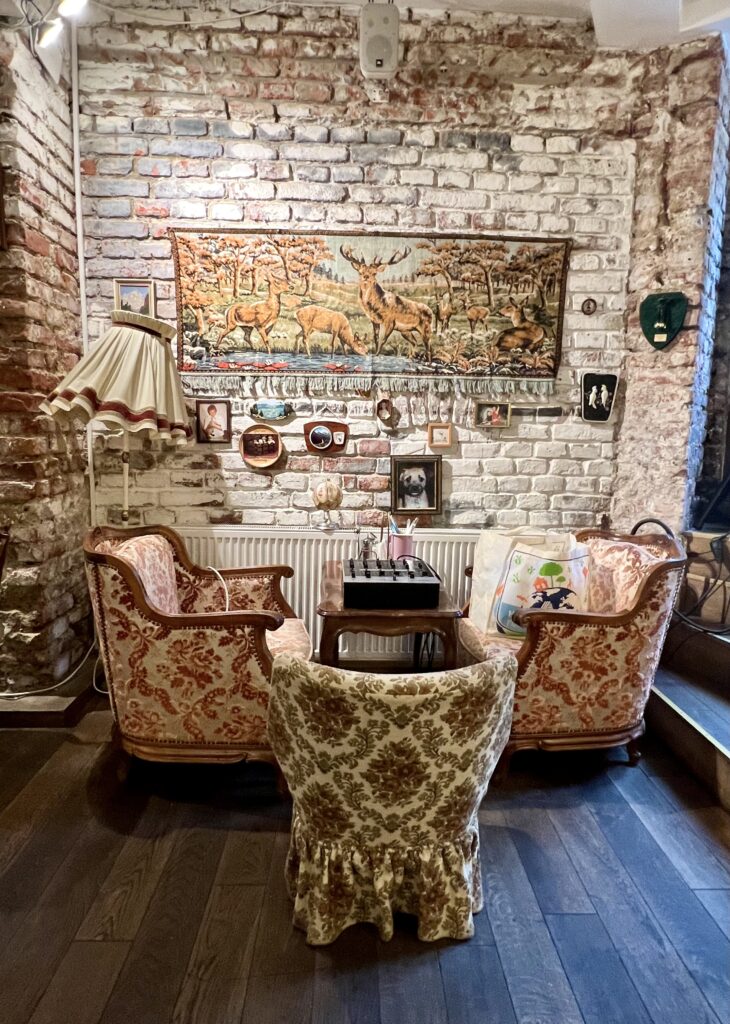
Evening: Food Tour
In the evening, try one of the restaurants I listed above or head out on a guided good tour.
I took this evening pastry tour and loved it. We used the metro to go to different districts in Vienna.
We had everything from apple strudel to goulash. And stopped in an adorable cafe, much less formal than most, called Vollpension.
Alternatively, other good evening options include attending a Vivaldi concert at Karlskirche or taking a sightseeing cruise on the Danube.
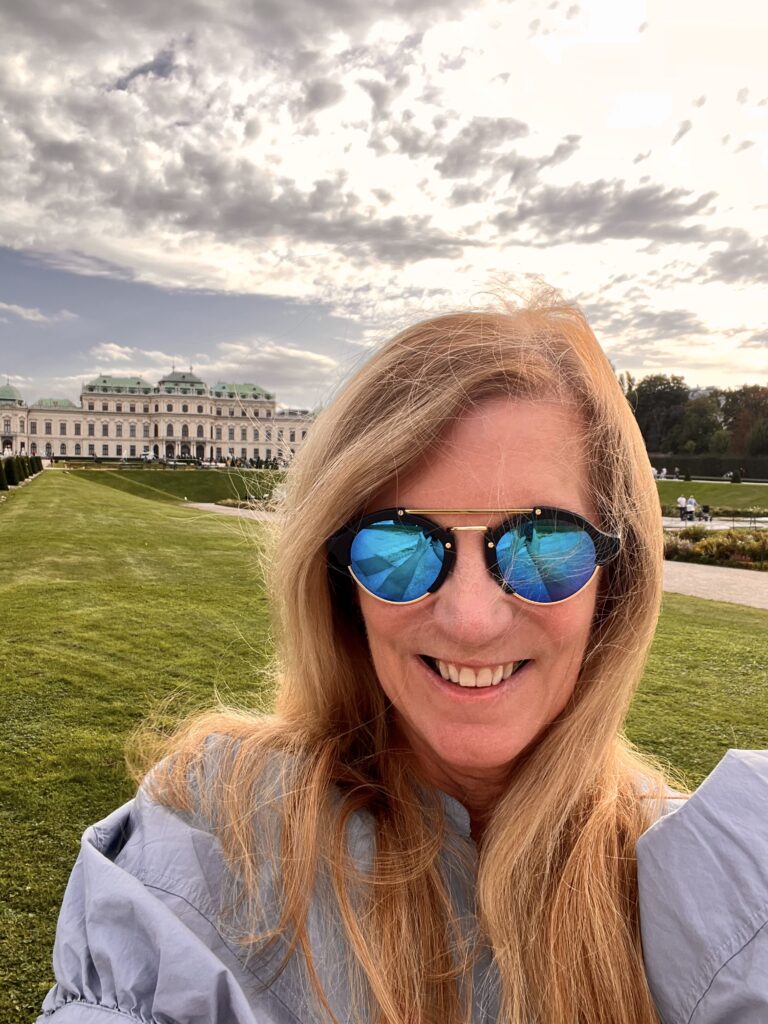
I hope you’ve enjoyed my 4 days in Vienna itinerary. You may enjoy these other Vienna travel guides and resources:
- 1 Day in Vienna Itinerary
- 3 Days in Vienna Itinerary
- Best Museums in Vienna
- Beautiful Churches in Vienna
- Beethoven Guide To Vienna
- Klimt Guide To Vienna
- Things To Do in Vienna in Winter
- Guide To the MAK Museum
- What To Do in the Wachau Valley
Pin it for later.

